Fly fishing amidst the drama of towering peaks, crystal-clear rivers, or seashores untouched by civilization is the sort of vacation we daydream about almost constantly. The National Park Service (NPS) manages over 400 sites—63 of which are considered National Parks. Each of these represents a place of unique natural, historical, and cultural importance. As it so happens, many of these sites also offer some fantastic fly fishing opportunities. We can personally attest to the wonders of spending a day fly fishing the Flathead River against the backdrop of Glacier and the size of the lake trout we’ve caught while Kayaking some of Yellowstone’s lakes. But what does it take to plan a fly fishing trip to one of the parks?
1. Understand the Purpose of the National Parks
The mission of the NPS is to preserve “unimpaired the natural and cultural resources and values of the National Park System for the enjoyment, education, and inspiration of this and future generations.” What does that mean?
Well, similar to the Forest Service (FS), the NPS manages lands under their jurisdiction for multiple uses—including education and recreation. While the FS balances these uses with other needs, such as timber harvesting and hunting, the National Park Service prioritizes the preservation of a park’s natural or cultural resources as they are. As such, it’s important to realize that fishing regulations in any given park tend to be centered around promoting and preserving native fish populations—and those regulations will vary quite a lot from park to park.
2. Read the Fishing Regulations for the Parks You Plan to Visit
The National Park Service provides detailed fishing regulations for each of its parks. Where you can fish, the gear you can use, and the species you can target will often differ across the bounds of a single park, so it’s important to know where you’re going. You can visit their page “Fishing in Parks” to view a map of all NPS sites. Simply click on the park you’re interested in, and you should find links to the fishing regulations for that specific site. You can also get a brief overview of a few of the parks that offer excellent fly fishing opportunities below.
There’re a few regulations that tend to apply unilaterally across all NPS sites unless otherwise stated. While many of them will be relevant to fly fishing, we’ve copied them here so you can give them a read:
“The following are prohibited, as per National Park Service regulations:
Fishing in fresh waters in any manner other than by hook and line, with the rod or line being closely attended.
Possessing or using as bait for fishing in freshwaters, live or dead minnows or other bait fish, amphibians, non-preserved fish eggs or fish roe, except in designated waters.
Chumming or placing preserved or fresh fish eggs, fish roe, food, fish parts, chemicals, or other foreign substances in fresh waters for the purpose of feeding or attracting fish in order that they may be taken.
Commercial fishing, except where specifically authorized by Federal statutory law.
Fishing by the use of drugs, poisons, explosives, or electricity.
Digging for bait, except in privately owned lands.
Failing to return carefully and immediately to the water from which it was taken a fish that does not meet size or species restrictions or that the person chooses not to keep. Fish so released shall not be included in the catch or possession limit: Provided, that at the time of catching the person did not possess the legal limit of fish.
Fishing from motor road bridges, from or within 200 feet of a public raft or float designated for water sports, or within the limits of locations designated as swimming beaches, surfing areas, or public boat docks, except in designated areas.
Introducing wildlife, fish or plants, including their reproductive bodies, into a park area ecosystem. This includes the discarding and/or dumping of bait and bait buckets.
The use or possession of fish, wildlife or plants for ceremonial or religious purposes, except where specifically authorized by Federal statutory law, or treaty rights.”
3. Do your research.
The national parks are chock-full of things to see and do. Watch the world-famous geysers erupting in Yellowstone. Snorkel the coral reefs near Everglades. Explore rich Native American histories or learn about how conservation efforts have evolved since the NPS’s founding in 1916. This is just our opinion, but we think it’d be a shame to plan a visit to any of the national parks and not dedicate at least a little bit of time to learning about that park’s unique natural and historical wonders.
Of course, research also encompasses preparedness. What kind of weather will you be facing? What’s the lodging situation? How many people can you expect to be sharing the rivers with? It goes without saying, but knowing the answers to these and similar questions will likely make for a much more enjoyable trip.
What National Parks are best for fly fishing?
We’re hoping some of you can tell us the answer to this question. We certainly have our favorites out of the ones we’ve visited, but we’ll offer a brief overview of the fly fishing opportunities and regulations for a few of parks we’ve visited and the one’s still waiting on our bucket list…
Acadia National Park
Offering everything from rugged, rocky headlands, to wetlands and thickly forest mountains, this Maine park offers a chance at catching some landlocked salmon, as well as trout, bass, sunfish, perch, pickerel, and sucker. Bonus points if you go in the fall—it’s hard to beat that east coast foliage.
If you plan to do any sort of fishing in Acadia, you’ll need a valid Maine fishing license to do so—though kids under 16 get a free pass. Fishing regulations across the park generally follow those set down by the state of Maine. That said, there are some exceptions to be aware of; read about them on the Acadia fishing page.
As with many parks, using live or dead bait in fresh water streams or lakes isn’t permitted within the park—nor is dumping or discarding bait or bait buckets within park boundaries. This restriction is designed to keep invasive species from being introduced to the park’s natural ecosystems. While this doesn’t really apply to us fly fisherman, it is a reminder to always be checking our gear (especially waders and boats) for any hitchhikers we could be taking into our parks.
There are also a few specific restrictions on fishing seasons within the park boarders and several waterways are closed year-round to allow for long-term research or protection of key spawning grounds. Ocean fishing is managed and regulated by the state of Maine.
Everglades National Park
At the southern tip of Florida, the Everglades offers one-and-a-half-million acres of marshland, estuaries, saltwater flats, and tropical reefs teeming with diverse aquatic species. You’ll be fishing for the likes of tarpon, snook, redfish, and largemouth bass, so you’ll want to pack your 8 or 9 wt rod. You’ll also be seeing manatees, dolphins, sea turtles, freshwater springs, and coral reefs, so consider bringing your snorkel gear. Book a charter or rent a kayak—there’s plenty of adventure to be had across this park’s varied ecosystems—and that’s not even acknowledging the other three National Parks or Preserves within spitting distance: Biscayne, Big Cypress, and Dry Tortugas. The later is a great destination if you’re looking to land some truly massive tarpon.
Regulations in Everglades National Park are divided between fresh and saltwater fishing—and you’ll needed a different Florida-issued fishing license for each. Similar to Acadia, the NPS instructs fishermen to reference Florida State Fishing regulations in most instances, with any additional regulations highlighted on the Everglades fishing page. Copies of Everglades specific fishing regulations are also available at all visitor centers across the park.
For saltwater fly fishing, it’s important to note that the fishing seasons differ in the Atlantic Ocean differ from those in the Gulf. Watch for other park-specific closures for both salt and freshwater fishing.
If you like eating the fish you catch, make sure you heed the mercury warnings—a few species of fish (especially bass) have been found to have high levels of mercury and they should be consumed with care… Or not at all.
Grand Teton National Park
Grand Teton National Park offers dramatic views of its namesake mountains alongside a host of excellent fishing destinations. Floating the Snake will expose you to a healthy population of native finespot cutthroat trout, along with mountain whitefish, suckers, and beefy browns. There’s also plenty of streams, creeks, and lakes to explore, many of which can take you away from the larger crowds and up into beautiful, mountainous country. The fact that this park puts you smack dab in the middle of a fly fishing wonderland, including portions of Yellowstone, northwestern Wyoming, and southwestern Montana, also doesn’t hurt. If you’re planning a visit and have the time, we’d recommend road tripping through all these regions with lots of stops for fishing along the way. (You won’t regret it.)
You’ll need a Wyoming fishing license, but, fortunately, one can be purchased at multiple locations in or near the park. It’s also worth noting that while lakes in Grand Teton are open to fishing year-round, portions of the Snake and its tributaries are closed between December 15th and March 31st each year and most streams are closed starting December 1st.
If you plan to keep any of the fish you catch, take note of Wyoming state creel limits and note that there is a consumption advisory on cutthroat, brown trout, and lake trout caught in Jackson Lake and the Snake River, as they may contain methyl mercury.
Looking for a guided float trip of the Snake or the park’s major lakes? There’s a good list of tour companies on the Grand Teton National Park fishing page.
Great Smoky Mountains National Park
Dipping into both North Carolina and Tennesse, Great Smoky Mountains National Park is a haven for fly fishermen after rugged terrain, solitude, and endless creek fishing opportunities. A strain of Southern Appalachian brook trout are the mainstay here (though you can also find rainbows, browns, and bass), and the fishing is technical—so be prepared for a challenge. If you enjoy hiking through scenic country, consider getting some backcountry permits, packing the 4 or 5wt rod, and heading to the higher elevation creeks and lakes; the views will be more rewarding, the fishing will be better, and you’ll have more of all of it to yourself.
You can fly fish the entire park with a valid Tennessee- or North Carolina-issued fishing license, though neither of these are available for purchase within park boundaries. Special permits are required for fishing in Gatlinburg and Cherokee. That said, the park allows for fishing in all of its streams year round from 30 minutes before sunrise to 30 minutes after sunset.
Dropper flies are permitted, though you’ll be limited to two flies per leader. If you plan on keeping any fish, pay attention to both size limits and possession limits - both of which can be found on the Great Smoky Mountains fishing page.
North Cascades National Park Service Complex
Located in Northwestern Washington State, the North Cascades National Park Service Complex is actually a combination of North Cascades National Park, Ross Lake National Recreation Area, and Lake Chelan National Recreation Area. Together, the complex provides the headwaters for the Skagit Watershed and offers a diverse range of fly fishing opportunities. If you’ve never made the drive, the North Cascades Highway also offers some truly stunning mountain vistas and Ross Lake’s piercing blue waters are always worth a stop to appreciate.
Located just an hour or two from the coast, the fishing opportunities here vary quite a lot. Battle with steelhead and salmon on the Skagit River or wander the many lakes and streams for various species of trout and bass. No matter what you’re after, you’ll need to purchase a fishing license prior to heading into the park. You can head to the Washington State Department of Fish and Wildlife website for more information on Washington state fishing licenses.
If you’re looking to catch rainbows, brook trout, or cutthroat, Gorge, Diablo, and Ross Lakes and the Stehekin River are great places to start. If you want to try your hand at some steelhead or kokanee (land-locked salmon) fishing, the Skagit River and Lake Chelan should be on your itinerary.
The cascades are also brimming with smaller lakes and streams to fly fish—but this is rugged country. If you plan to get off the beaten track, be prepared for steep climbs and wet weather.
Specific water closures and regulations can be found on the North Cascades fishing page.
Rocky Mountain National Park
This park offers the quintessential fly fishing experience, offering chances at browns, brookies, rainbows and the native cutthroat trout. The trout may not be huge, but the mountains towering around the park’s backcountry lakes, and the flower-dotted meadows folded about its many streams, are all larger than life. Peace and solitude are all yours for the taking—assuming you’re willing to put in a bit of leg work to get into the more hard-to-reach places.
As you’re planning your backcountry escapades, remember that you’ll need a Colorado state fishing license and also consider the regulations of specific waters you plan to be fishing.
If you’re planning on having any backcountry fish fries, for instance, keep in mind that there are only certain watersheds where catch-and-keep is permitted. In these locations, you’re limited to a total of 18 trout: 18 brook trout OR 16 brookies and 2 trout of additional species that are 10 inches or more. If you’re fishing in catch-and-release waters, you must use a barbless hook and release the trout immediately. These regulations are specifically aimed at supporting populations of Colorado River cutthroat trout—a priority for the park’s conservation efforts since the 1970s.
The park also makes some additional asks to protect sensitive trout populations. Using lead sinkers is strongly discouraged, while cleaning gear between uses is strongly encouraged. The NPS requests that you follow their gear disinfection guidelines prior to doing any of the following:
- Entering the park
- Moving to a new drainage
- Moving to a new site within the same drainage that’s more than 2.5 miles away
You can read instructions for best practices when it comes to disinfecting your gear on the Rocky Mountain National Park fishing page. If nothing else, giving your gear a good rinse with tap water followed by several hours of sun drying will help reduce the chance that you’re spreading invasive species.
Sequoia and Kings Canyon National Park
Heading to the Sierra Nevada? Yosemite is often the first thought when it comes to National Parks in California, which is what makes Sequoia and Kings Canyon National Park a great alternative for folks looking for a relaxing river experience while still wanting to explore a giant's playground. While several of the waters in the park are stocked with trout, there are also wild populations of brown trout, brook trout, golden trout, and native rainbows. While you won’t be catching trophies, you’ll be exploring extremely varied landscapes punctuated by giant sequoias, rugged mountain peaks, and deeply etched river canyons.
While there are few regulations in the park on fishing beyond those enforced by the State of California, the NPS does note that in waters below 9,000 ft in elevation that aren’t within a developed area, only barbless artificial flies or lures are permitted and all rainbow trout, Sacramento suckers, Kern rainbows, riffle sculpin, and California roach fish must be released. You can learn more about what constitutes a “developed area” on the Sequoia and Kings Canyon fishing page.
The park also warns that recreators in and around the rivers throughout the park exercise extreme caution—the drowning due to the strong river currents are the leading cause of death within park boundaries.
Yellowstone National Park
We love Yellowstone, but we’re also probably a bit biased. Then again, tens of thousands of fly fishermen flock to the park each year, so maybe we’re on to something. Fishing opportunities aside, the unique landscape of steam vents, open prairies, mountains, and hot springs means you’ll never be at a loss for something to see and explore.
Fishing in this park can be a little more complicated than some of the others, given that it’s been divided into four specific regions, each with its own regulations. Once you know where you want to go, we encourage looking into the rules for your specific region(s) on the Yellowstone fishing page. Also note that you’ll need a park specific license—fishing license bought from the State of Montana or Wyoming will not be accepted.
Unfortunately, native fish species (cutthroat trout, arctic grayling, mountain whitefish, and the like) have been greatly reduced due to the introduction of nonnative species including brook, brown, lake, and rainbow trout. Competition for food and habitat is fierce while hybridization reduces the genetic integrity of distinct native fish populations further.
To combat this, the NPS has outlined a Native Trout Conservation Area. Within its boundaries, there are no legal limits on nonnative species. In fact, it is actually illegal to release a live rainbow, brook, brown, lake, or cutbow hybrid back into the water.
Yellowstone National Park also asks anglers to participate in studies to track and count native fish populations across the parks. If you see an orange tag attached near the dorsal fin of a fish you’ve caught, record the tag number and release the fish without removing it. Note the location you caught the fish and, when you’re back somewhere slightly more civilized, call or text 406-404-4877 to report the tag number and location to the park’s biologists.

Montana Casting Co. founders Scott and Cat Joyner crossing a river in Yellowstone.

Got any recommendations?
You all have fishing more places than we have. Have you fished any of the National Parks? Are there parks on your bucket list that we missed? Let us know in the comments below—we’re always on the hunt for another adventure.
Photo credits: Nate Malinowski
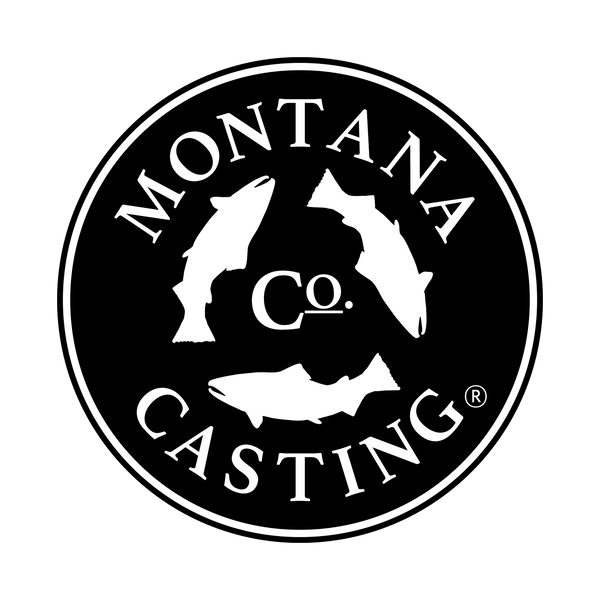
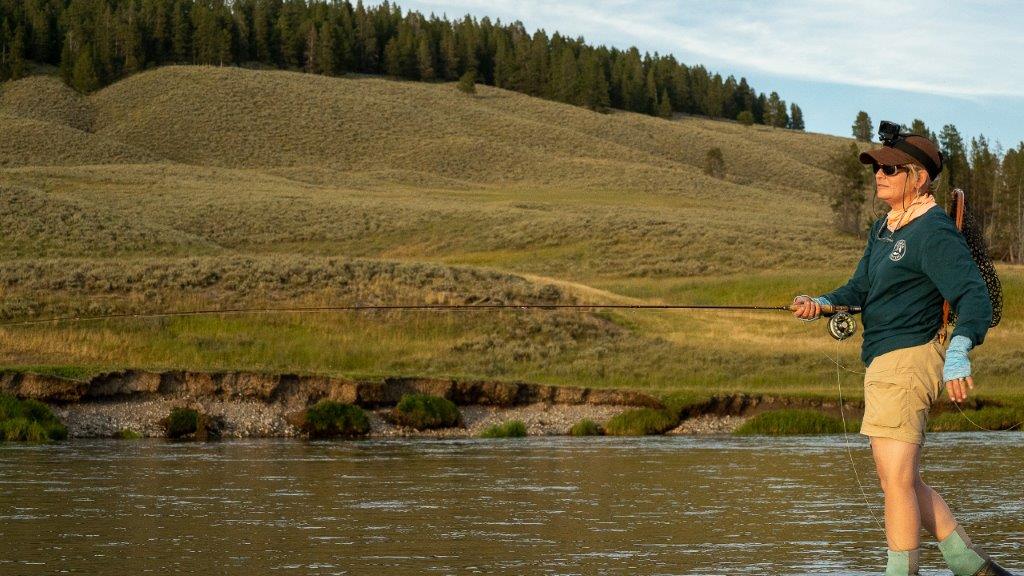
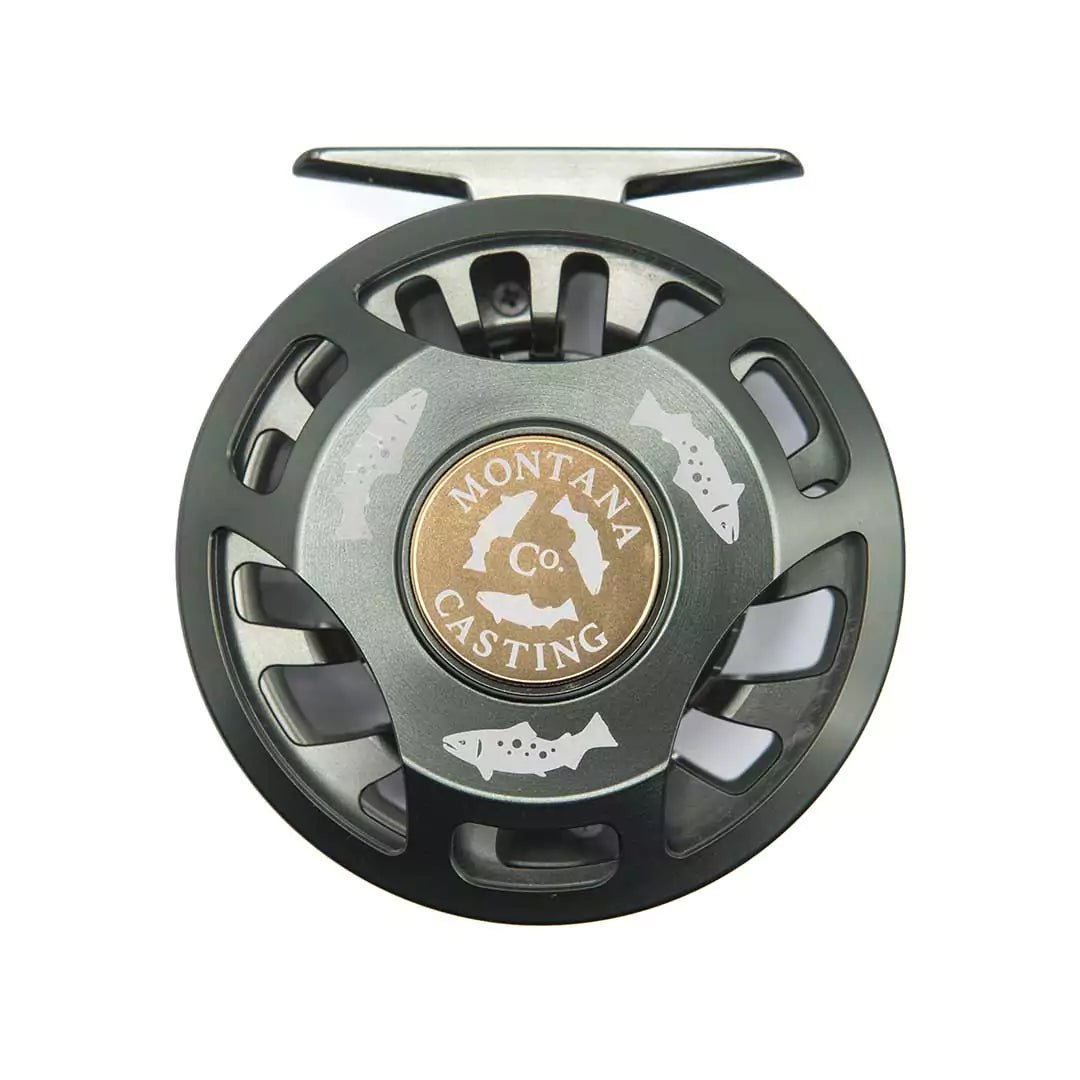
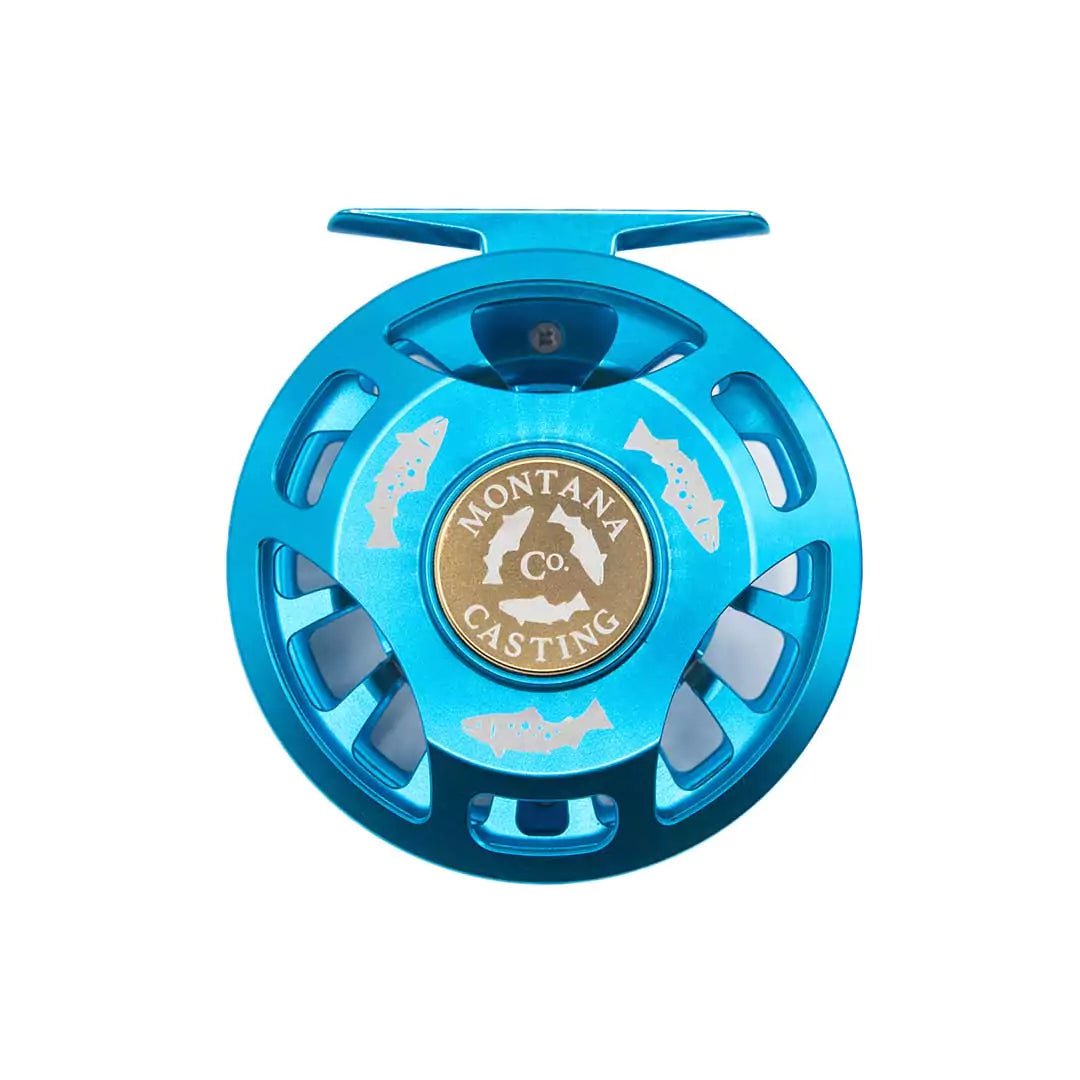
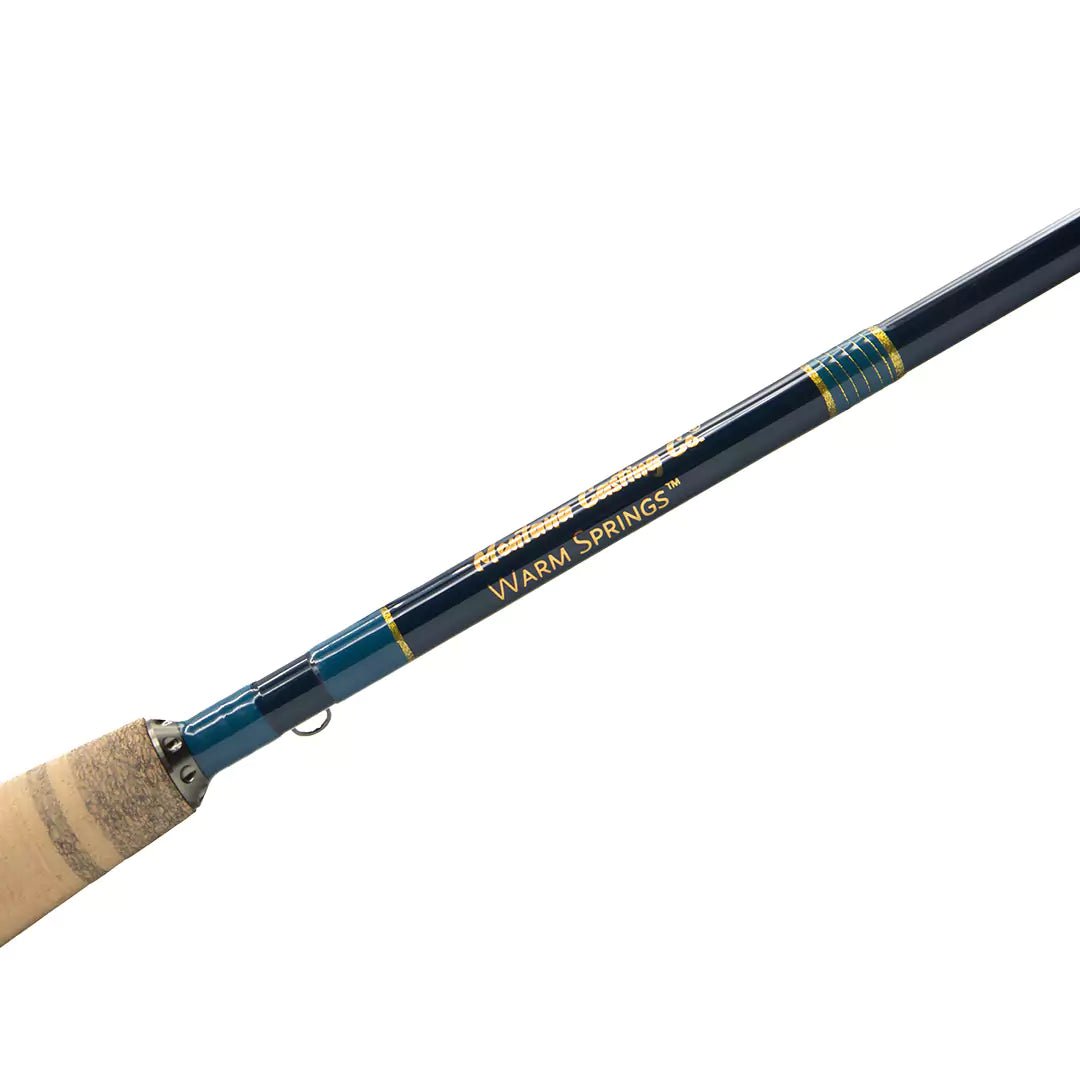
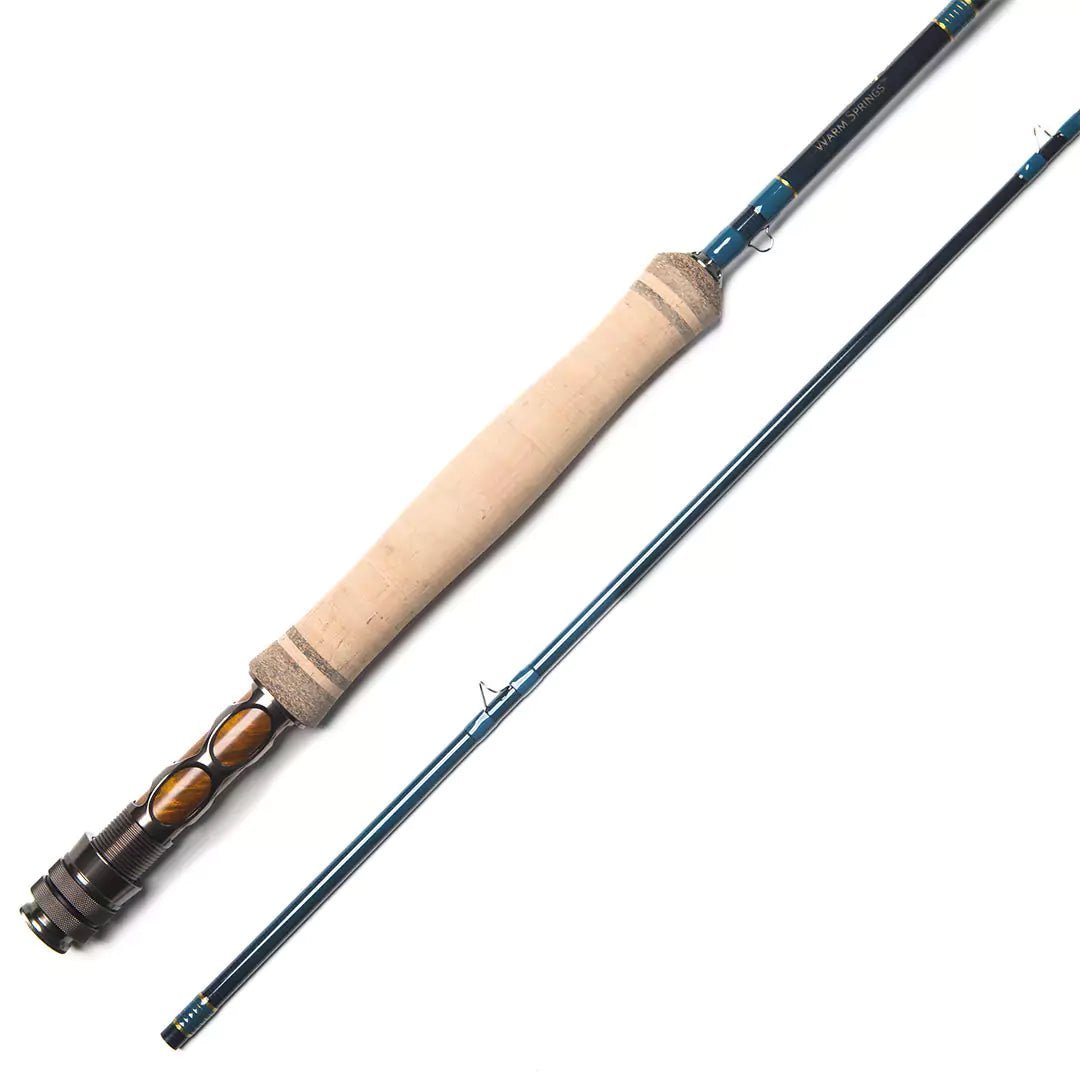
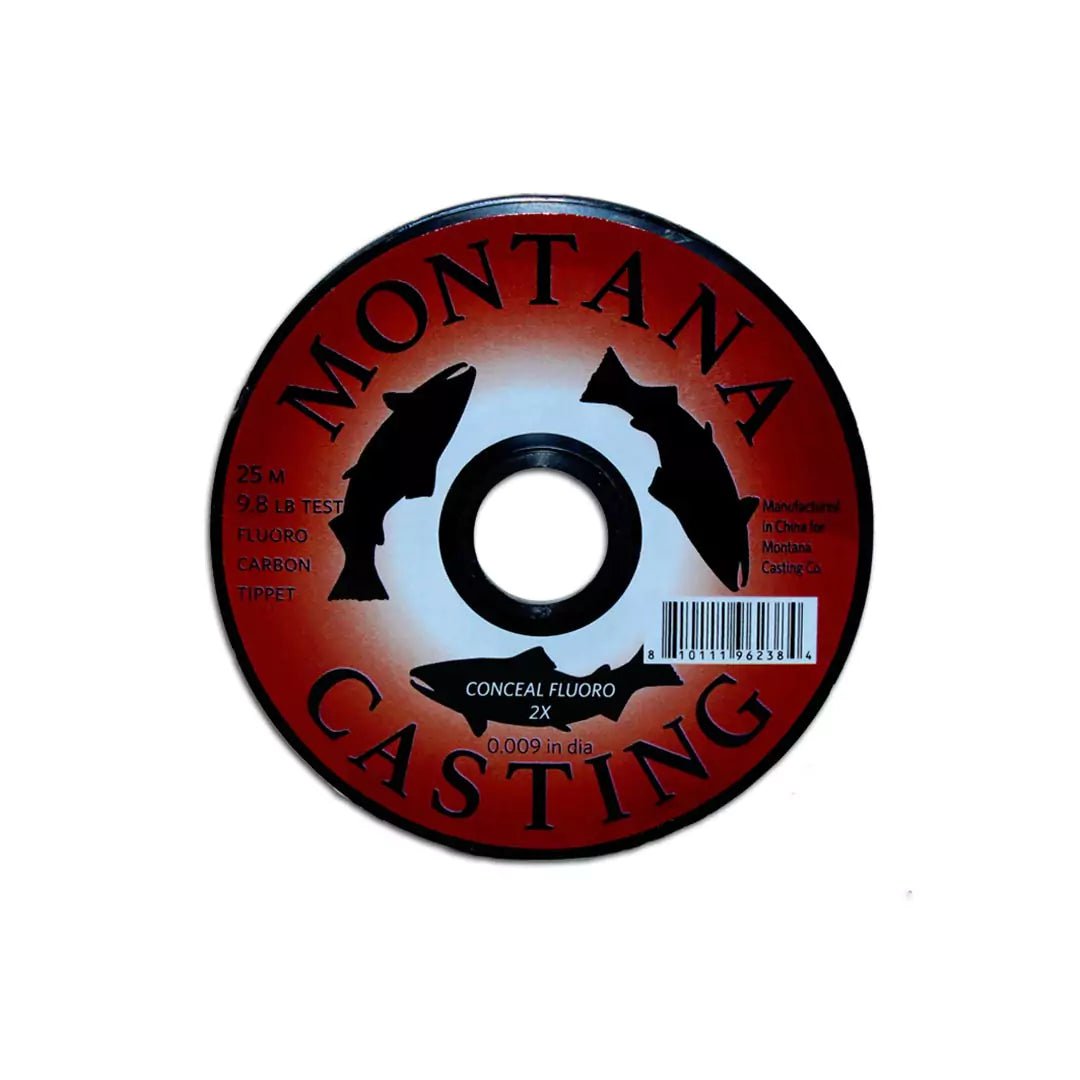
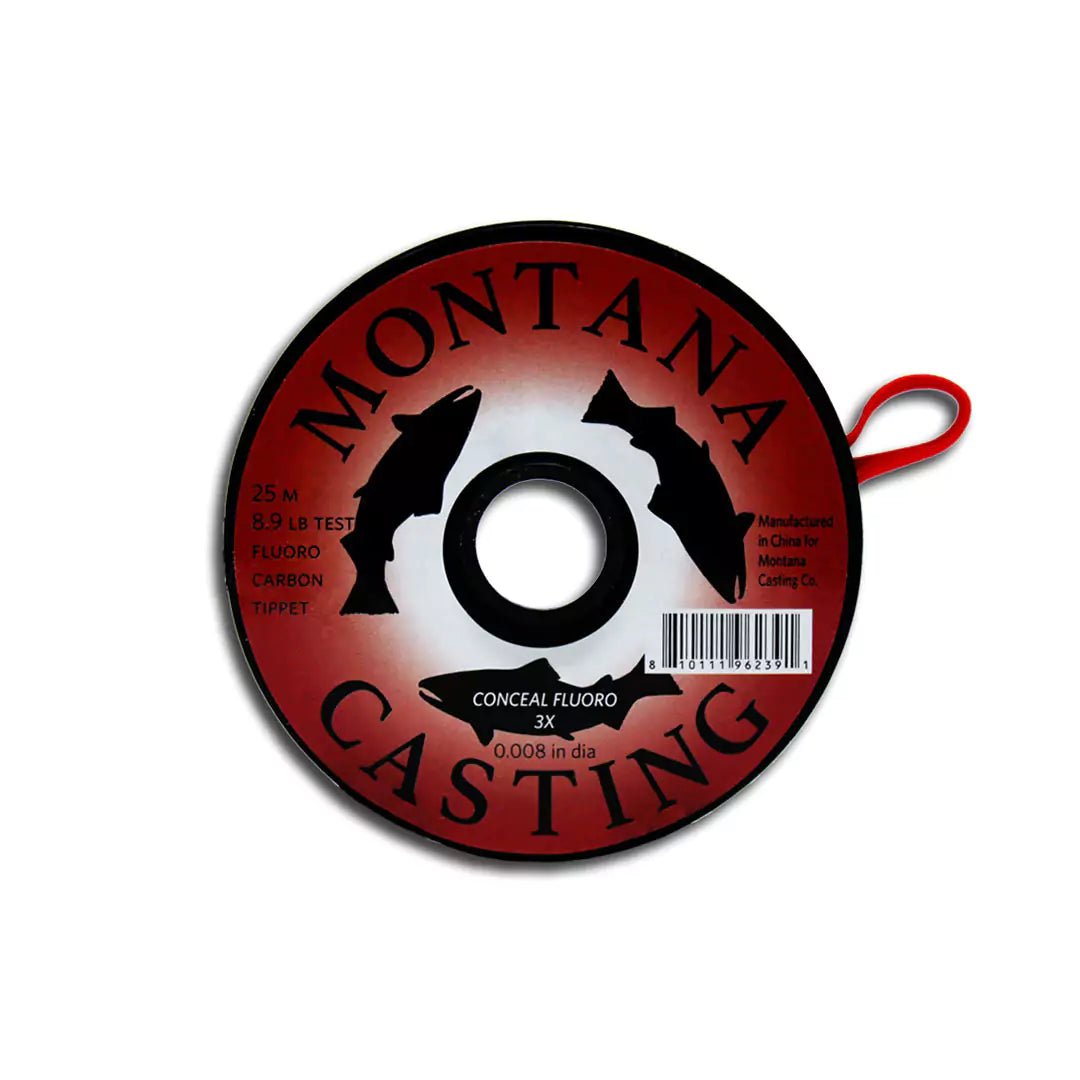
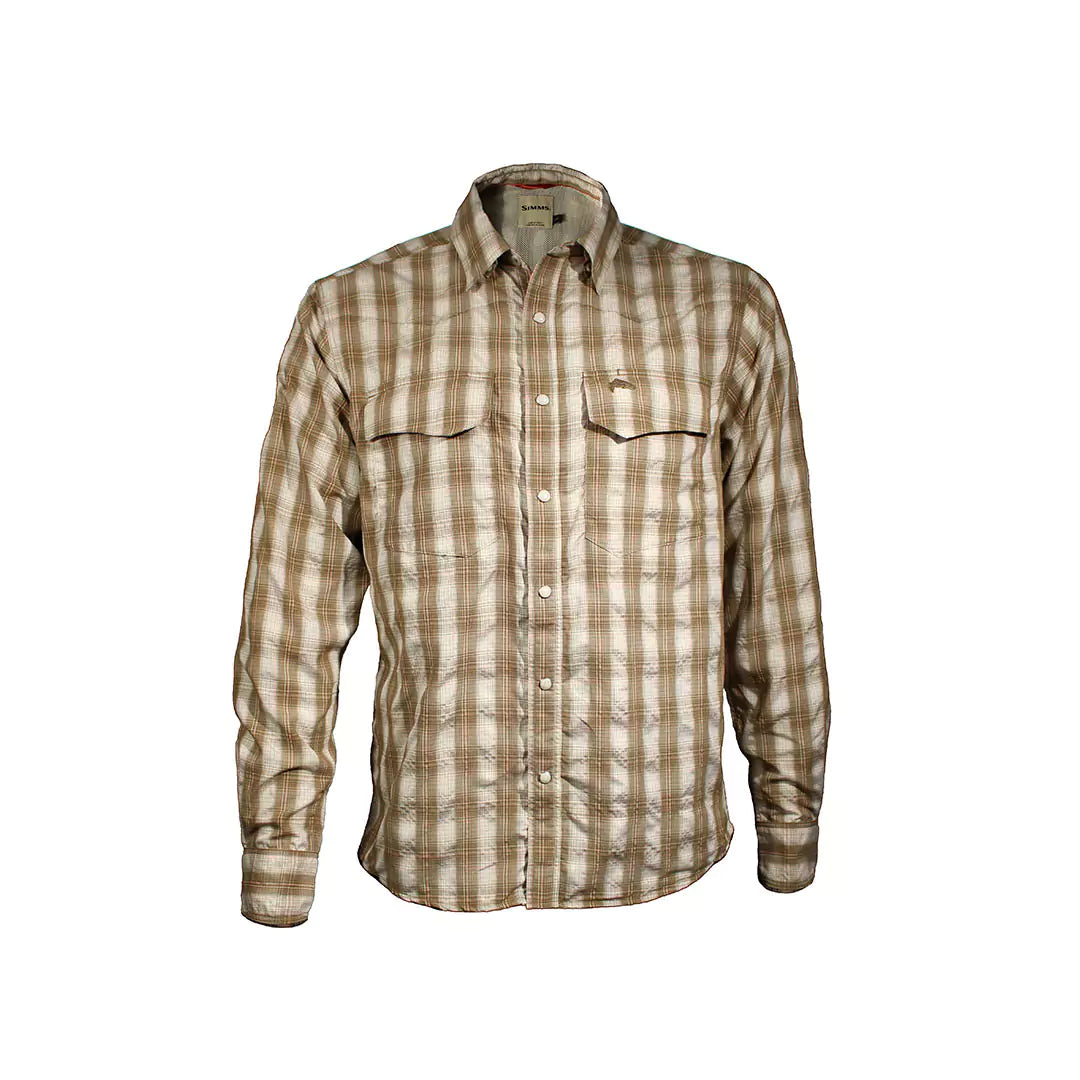
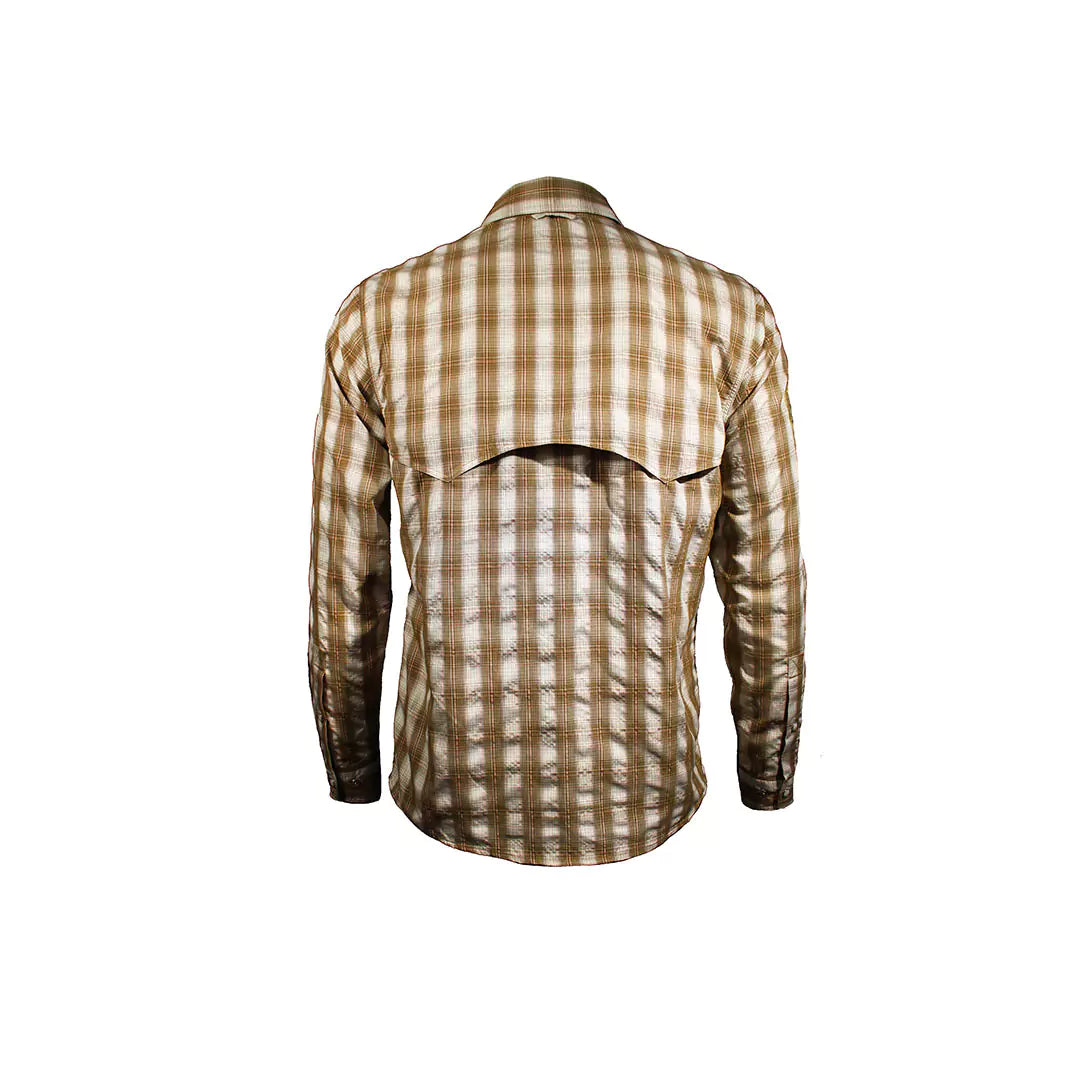
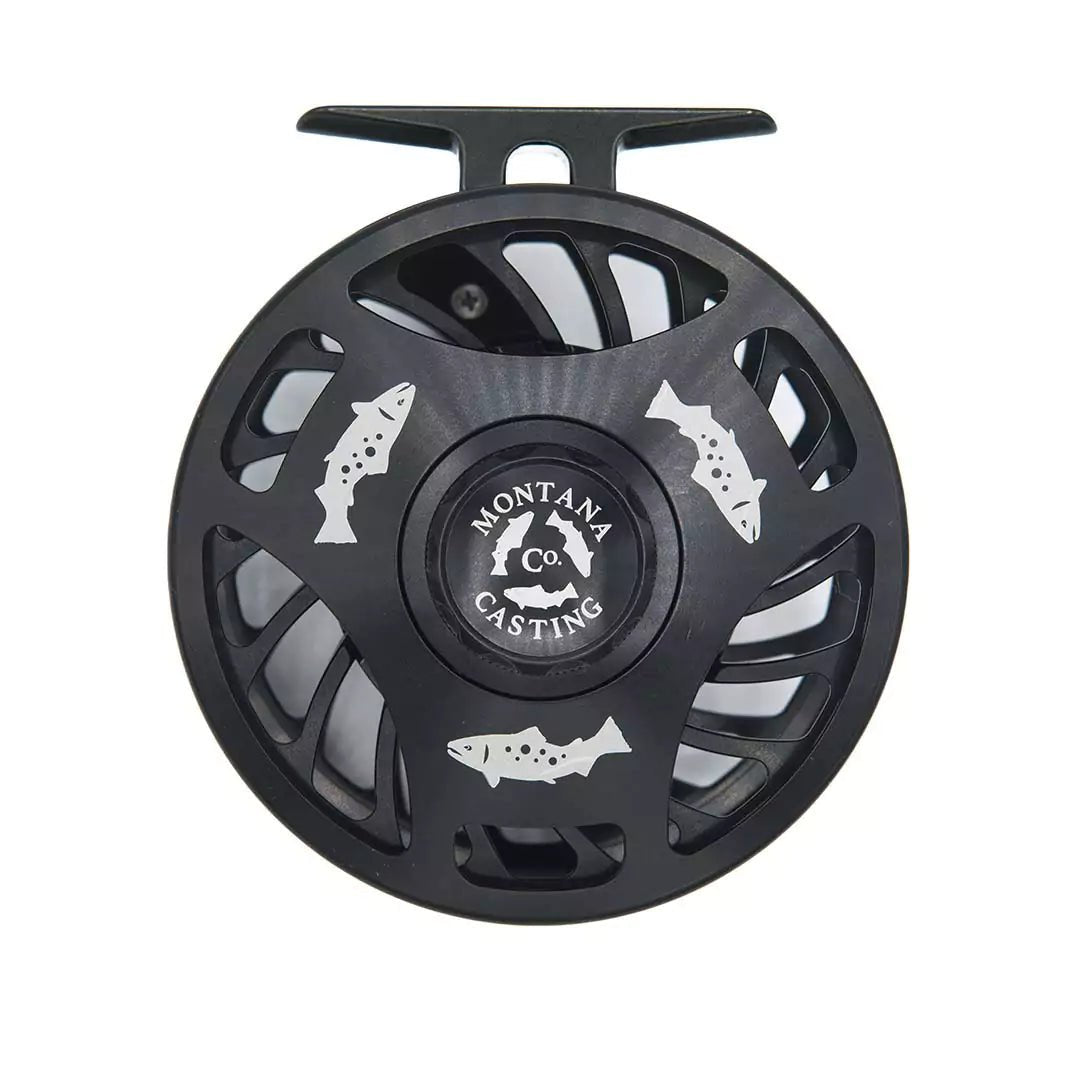
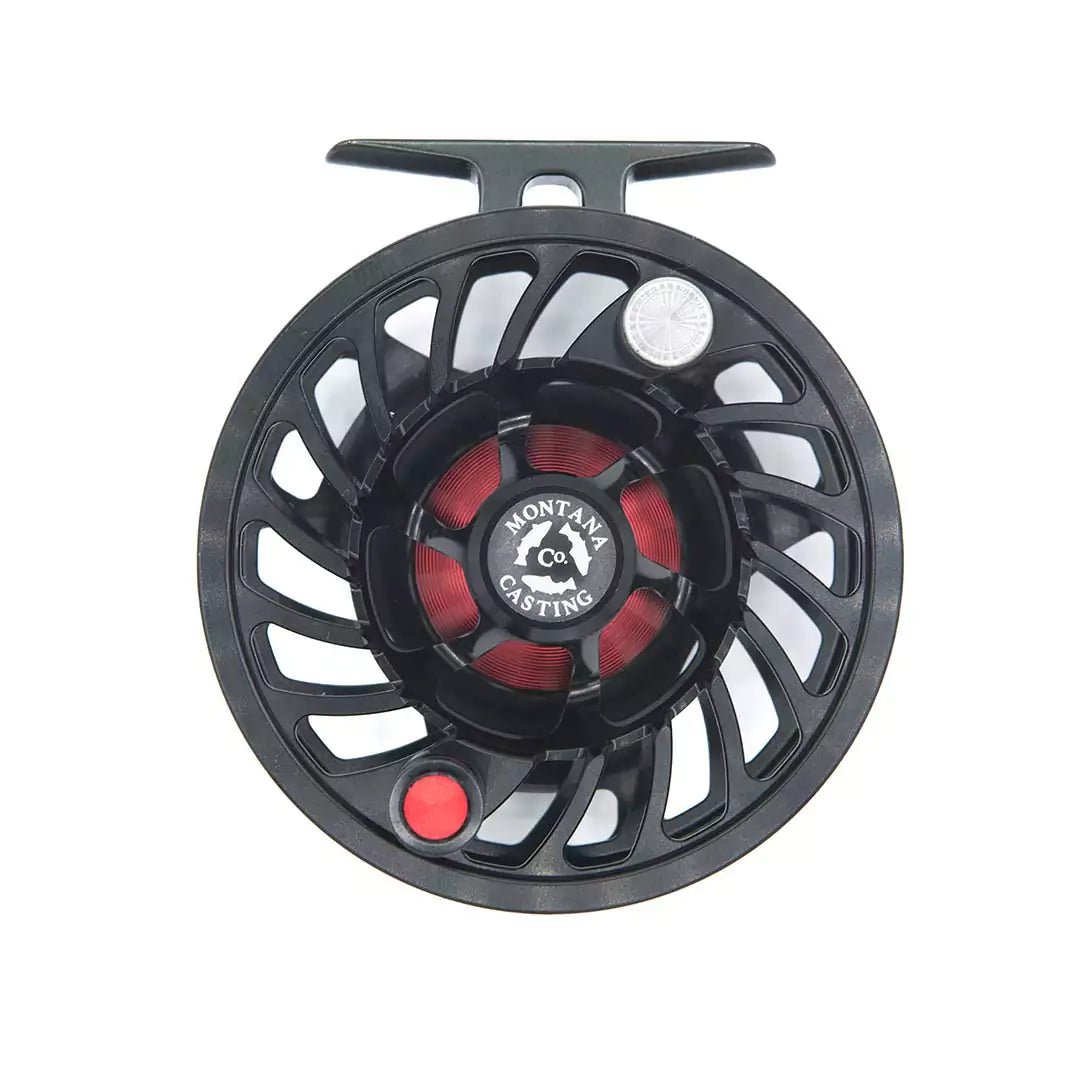
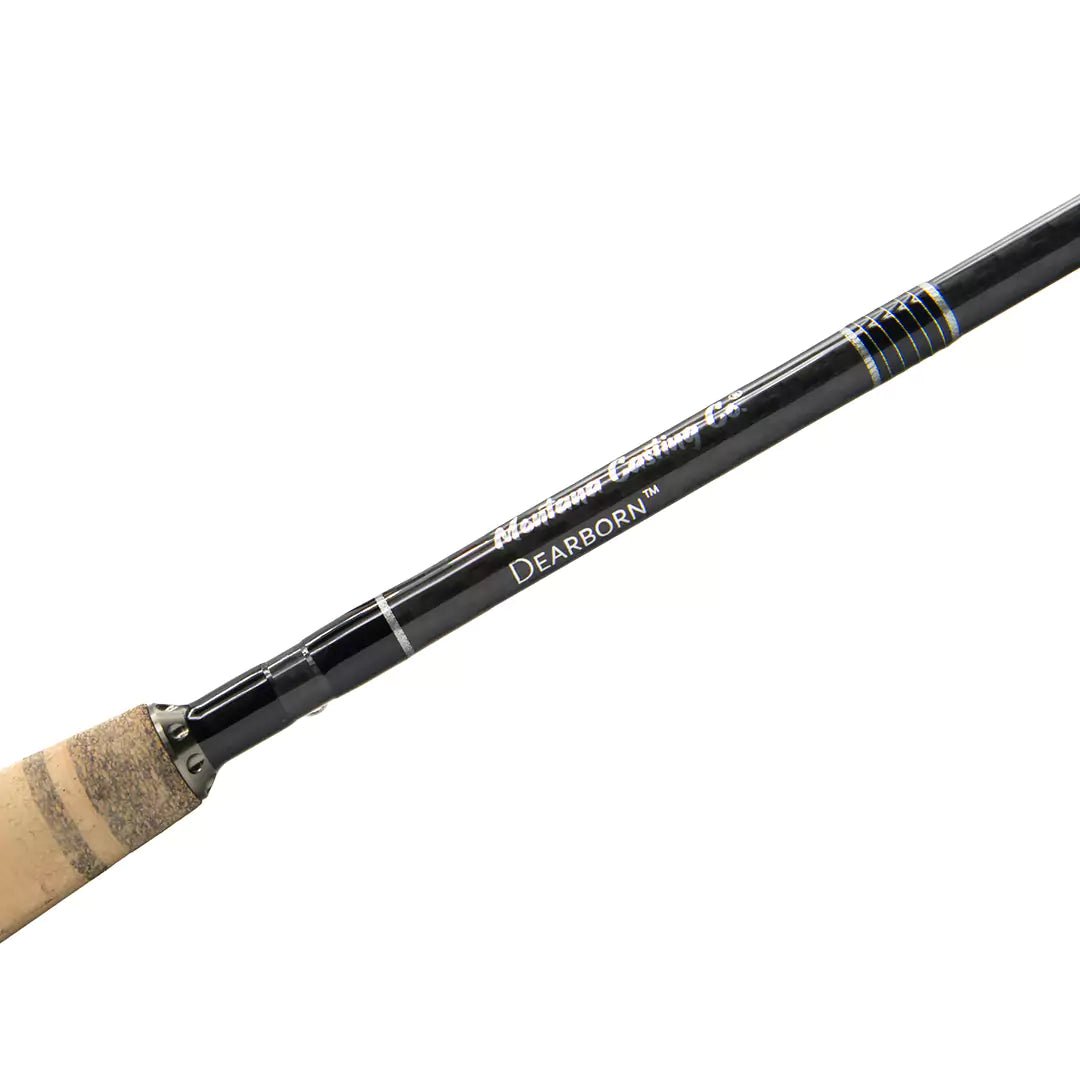
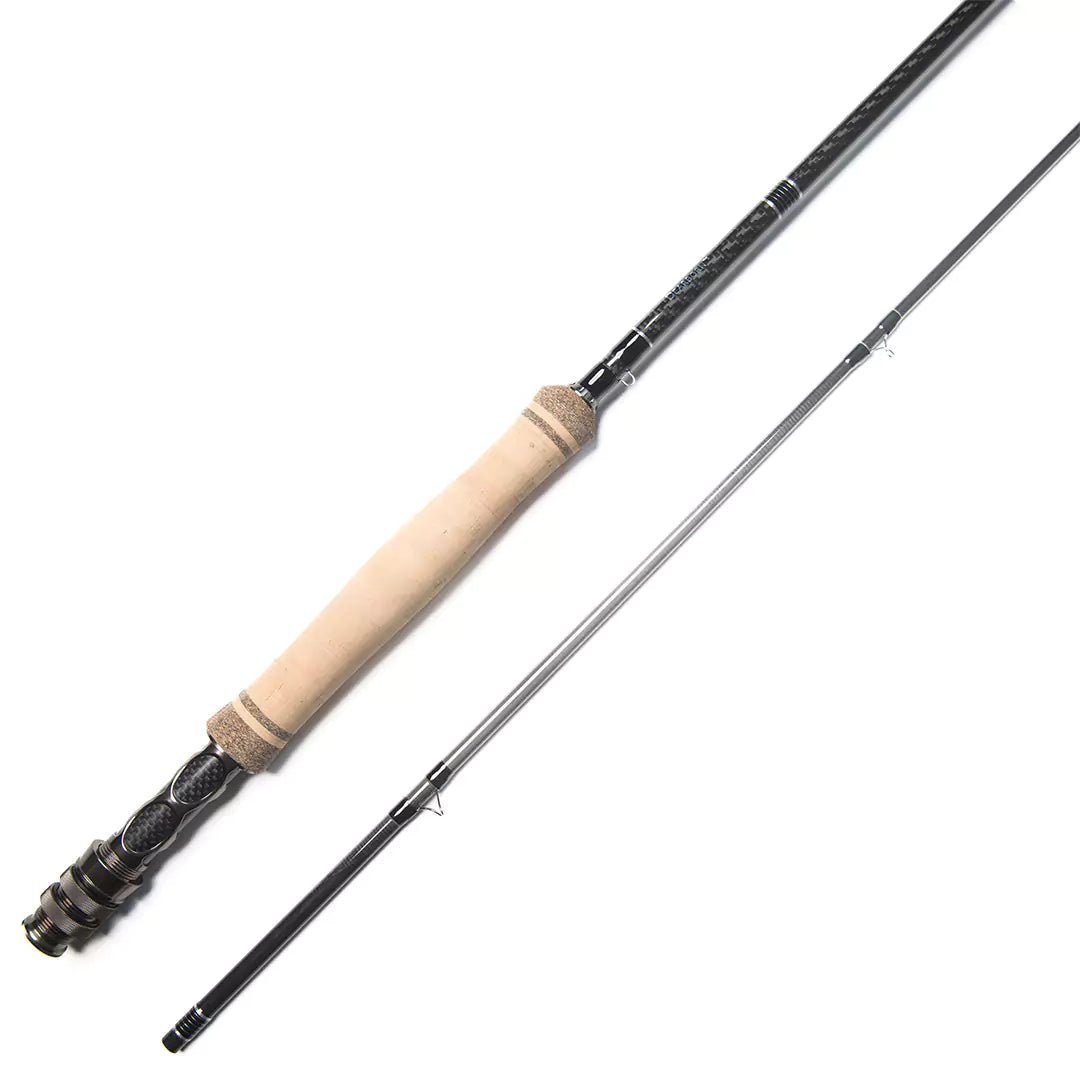
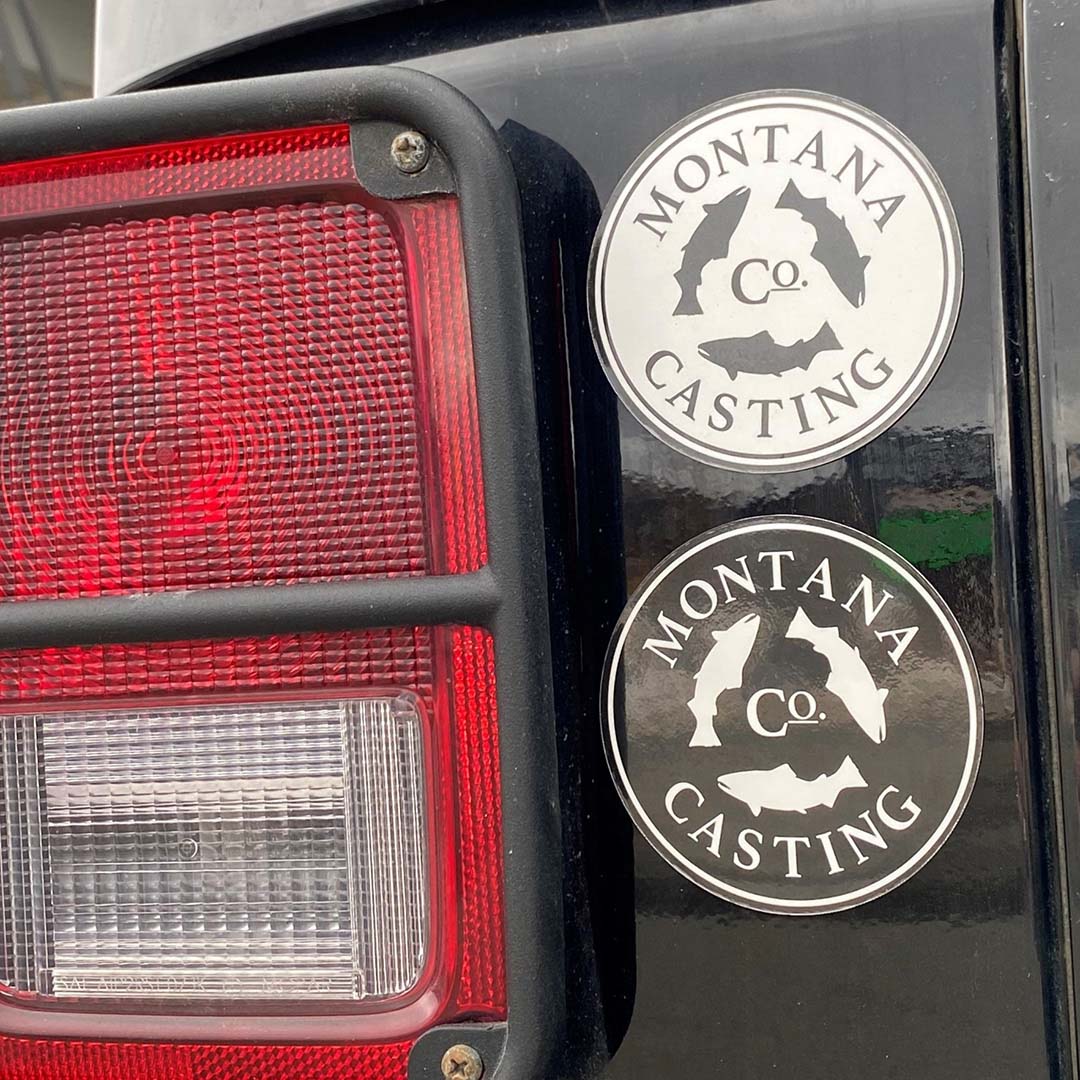
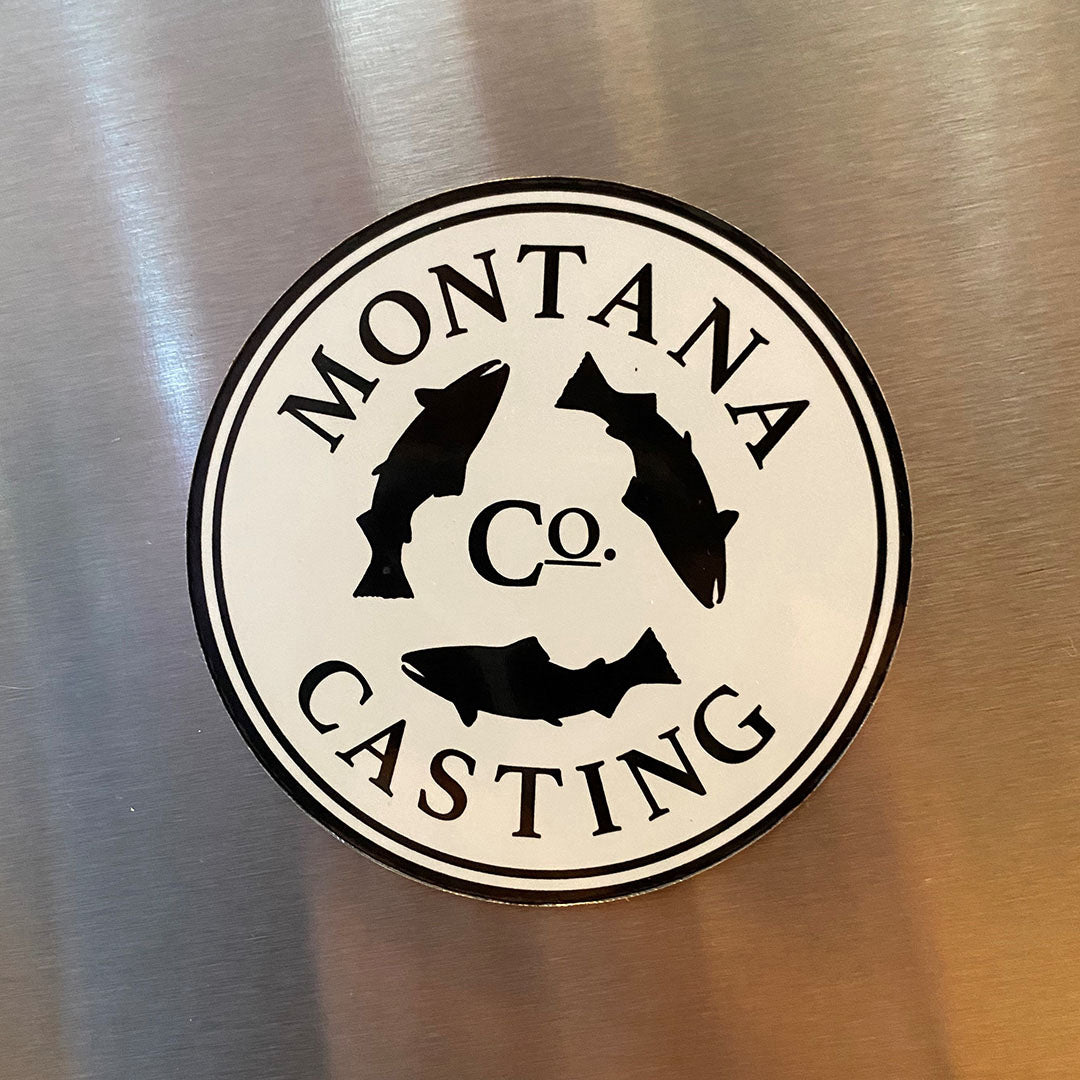
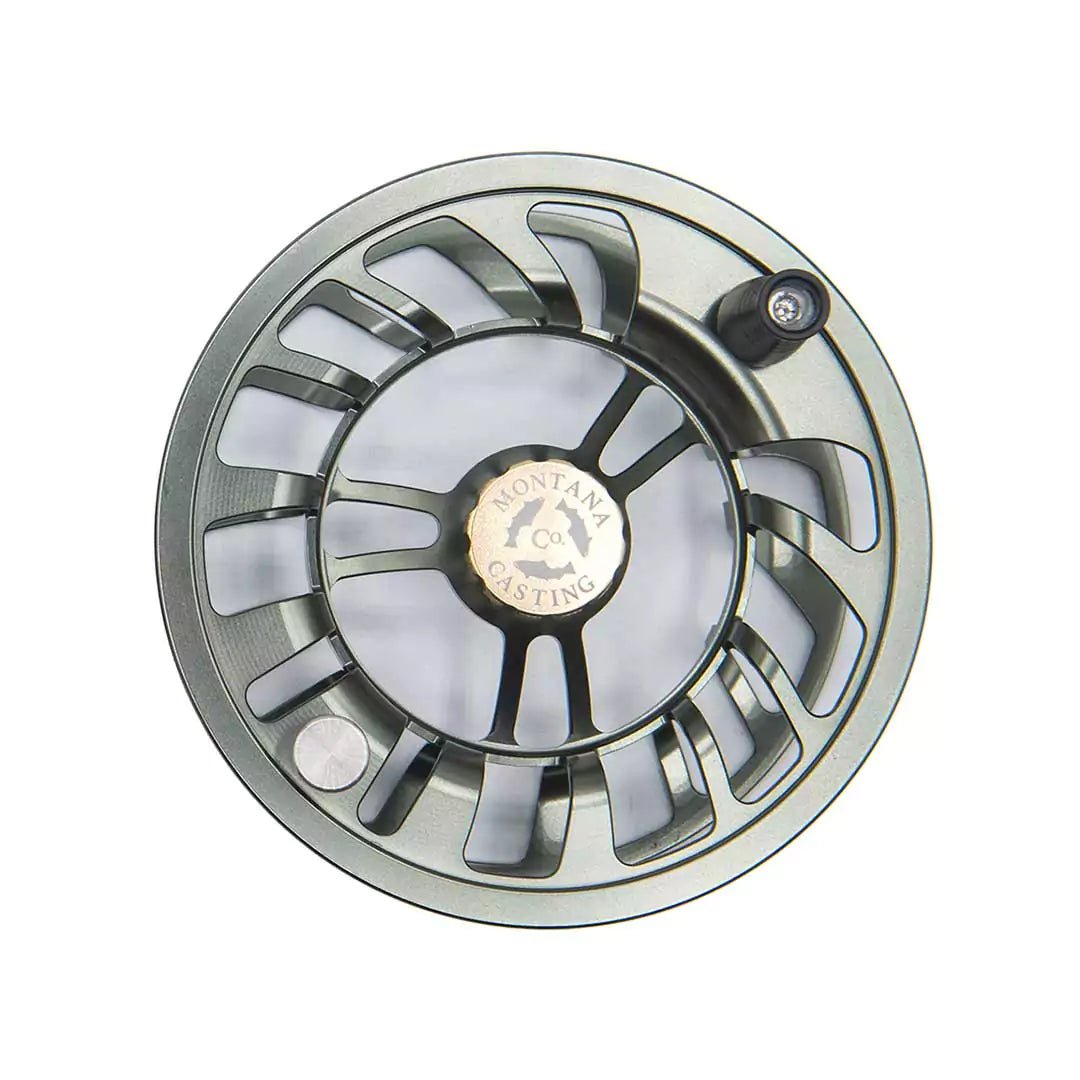
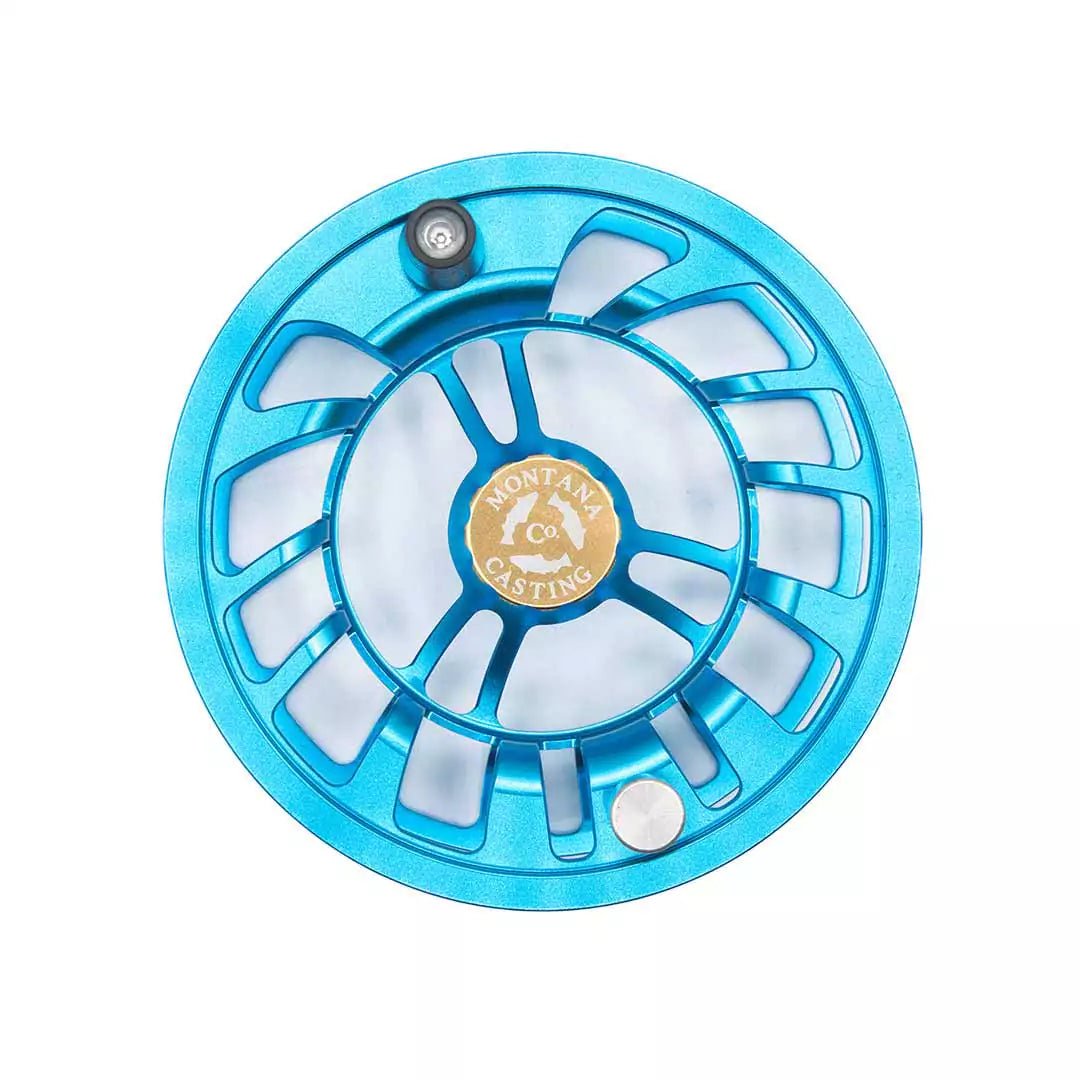
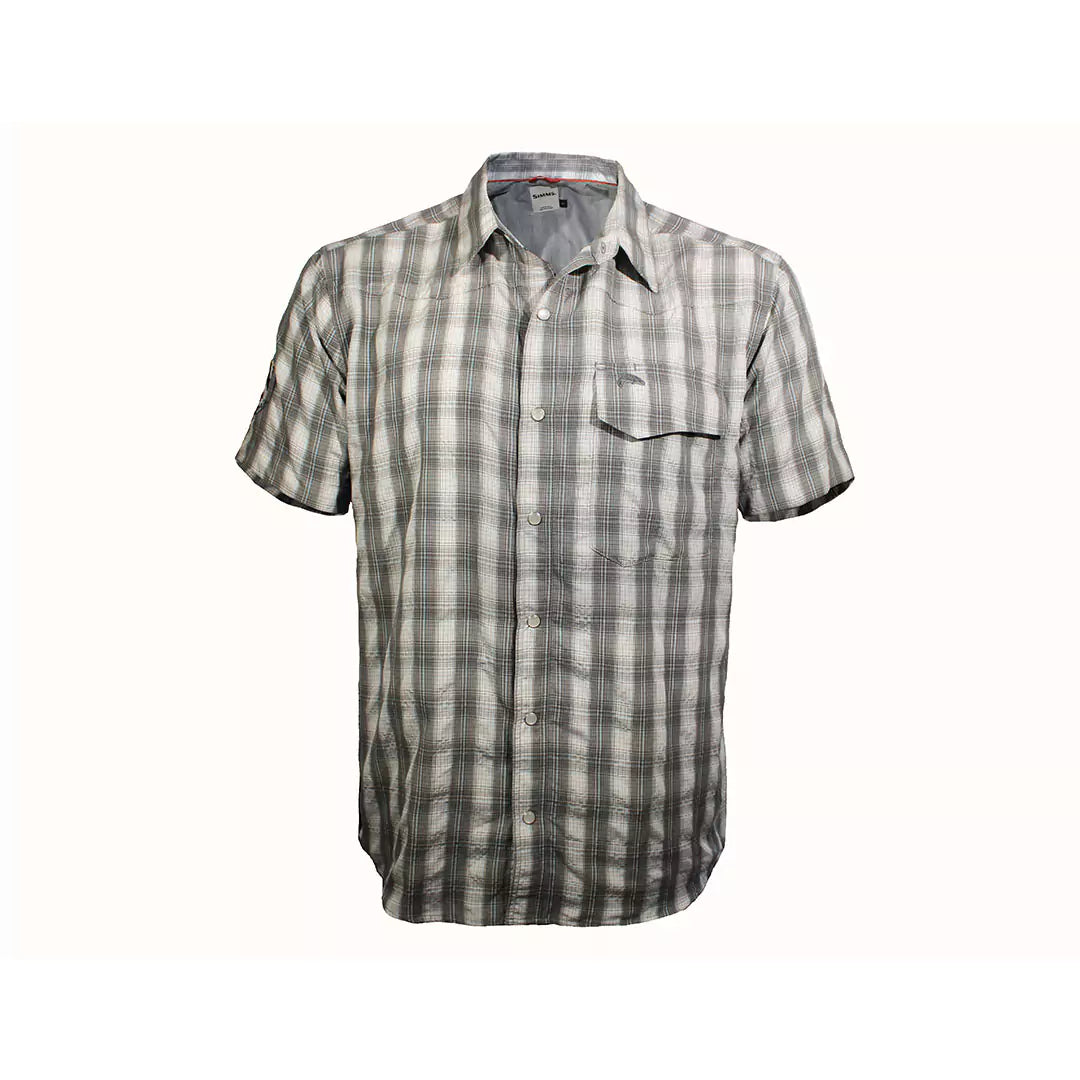
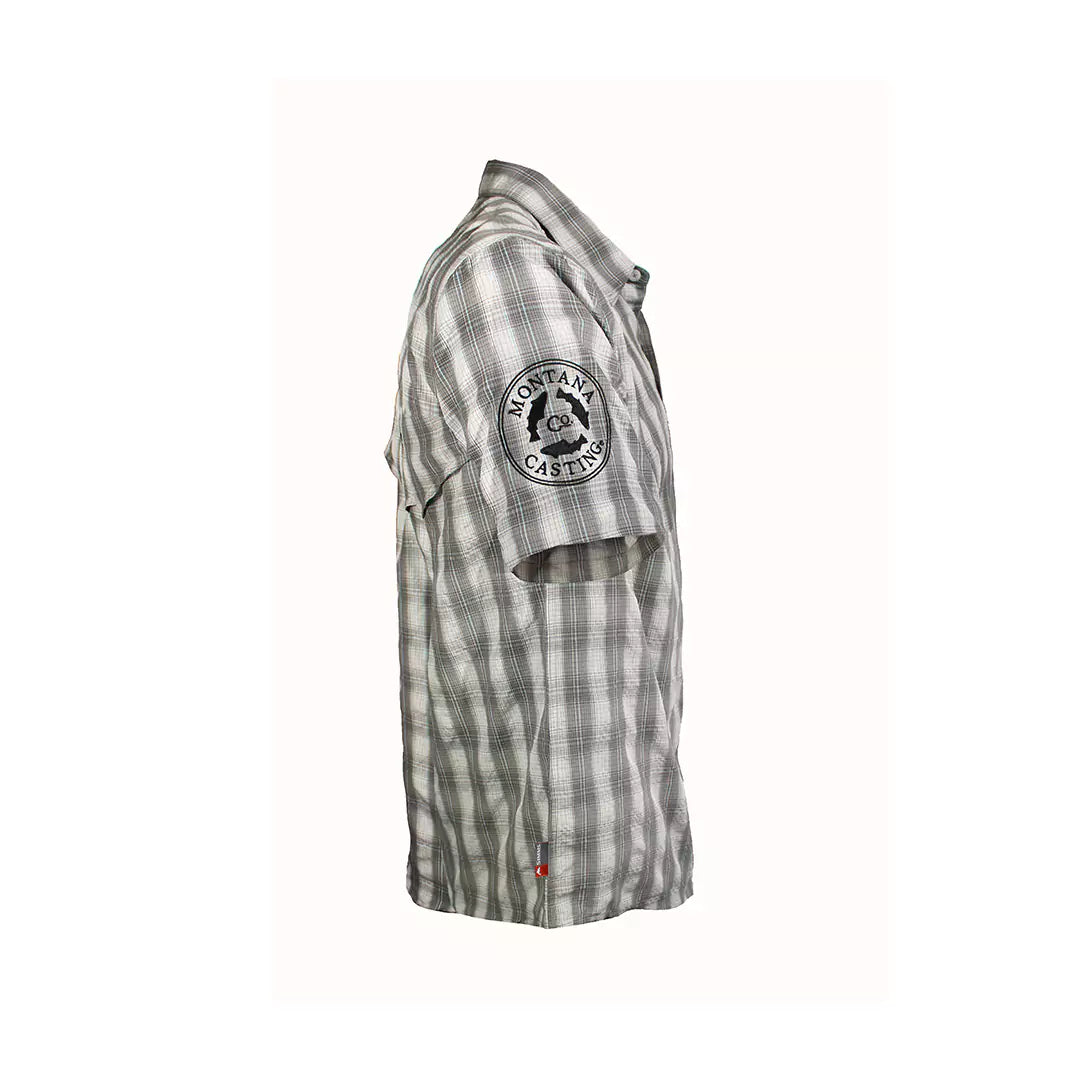
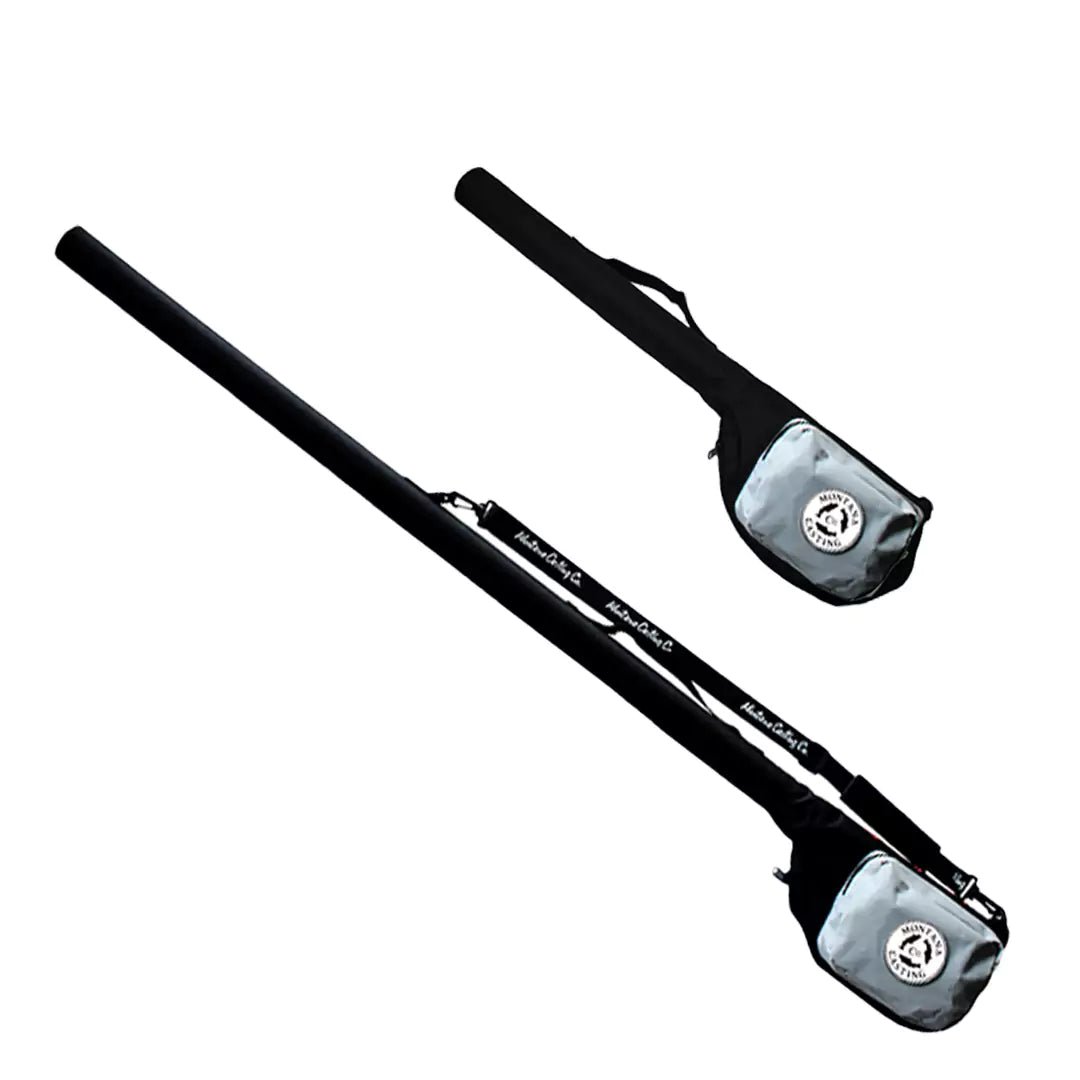

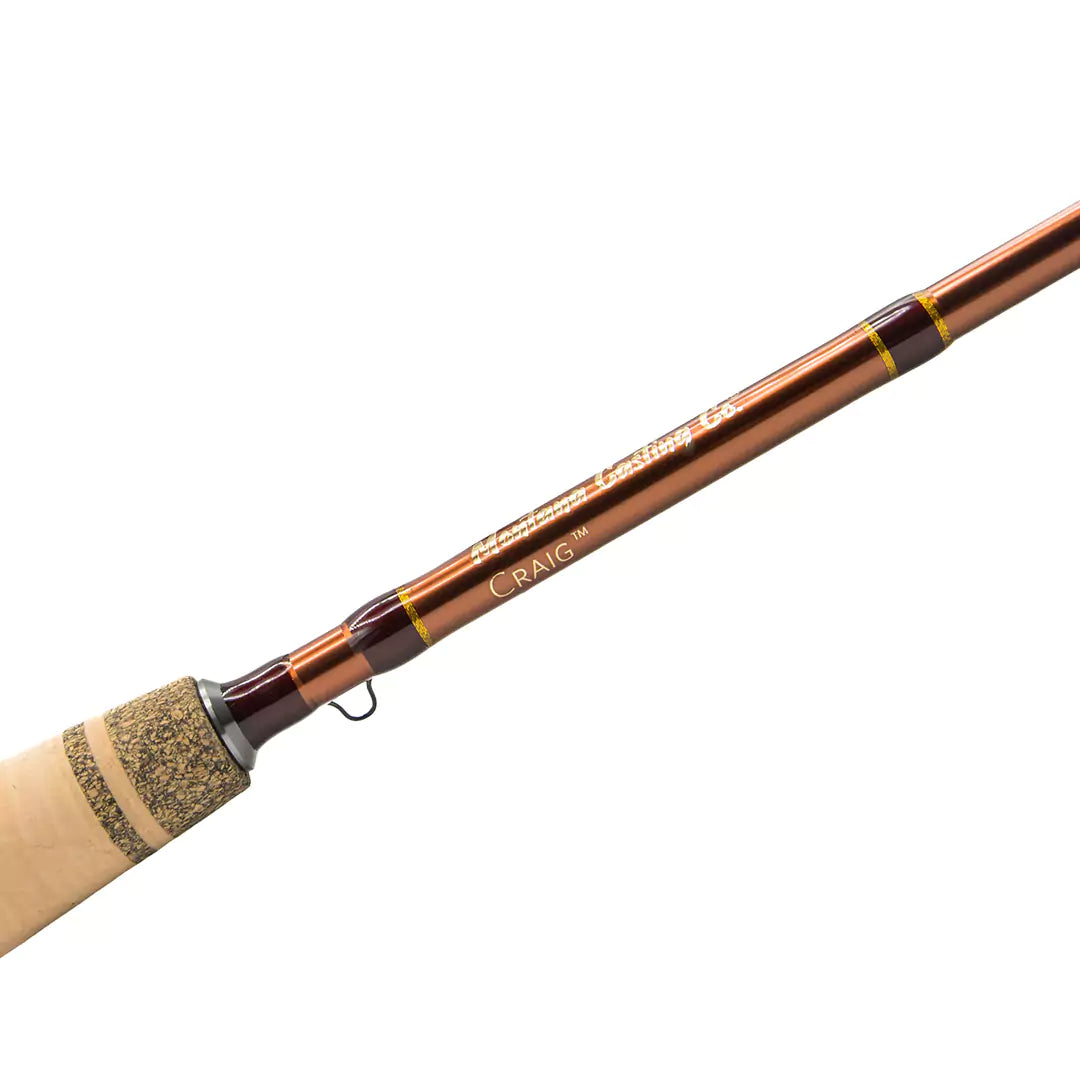
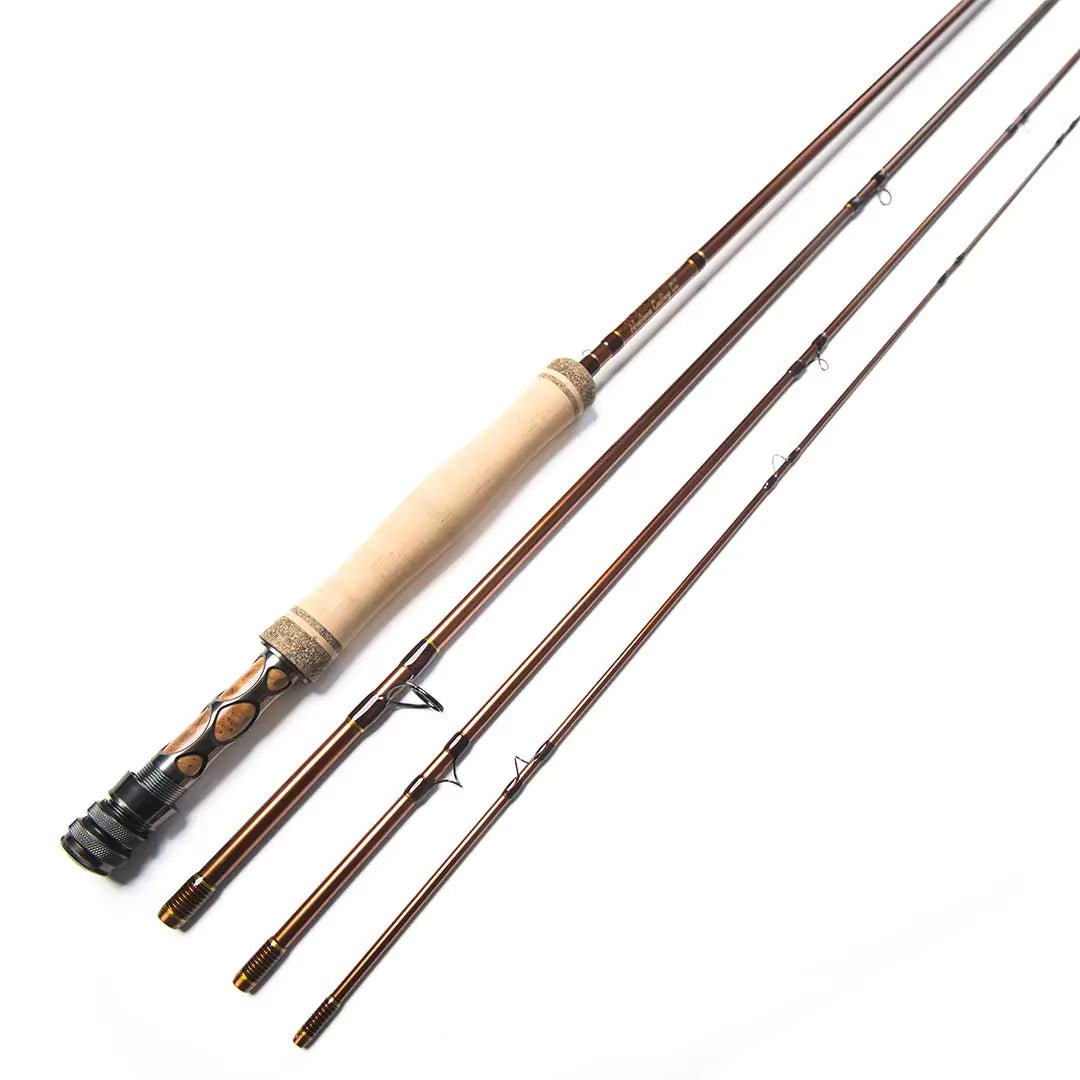
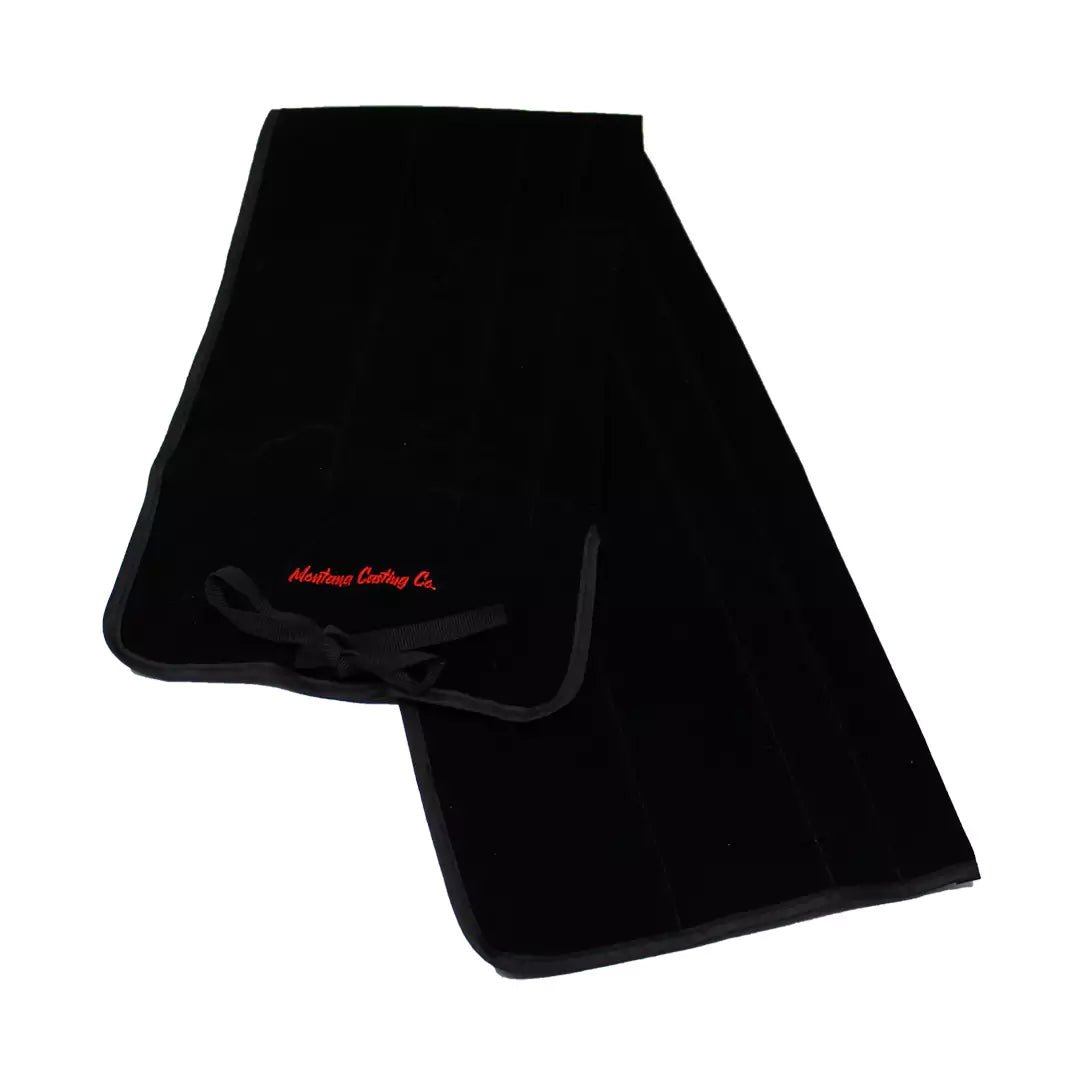
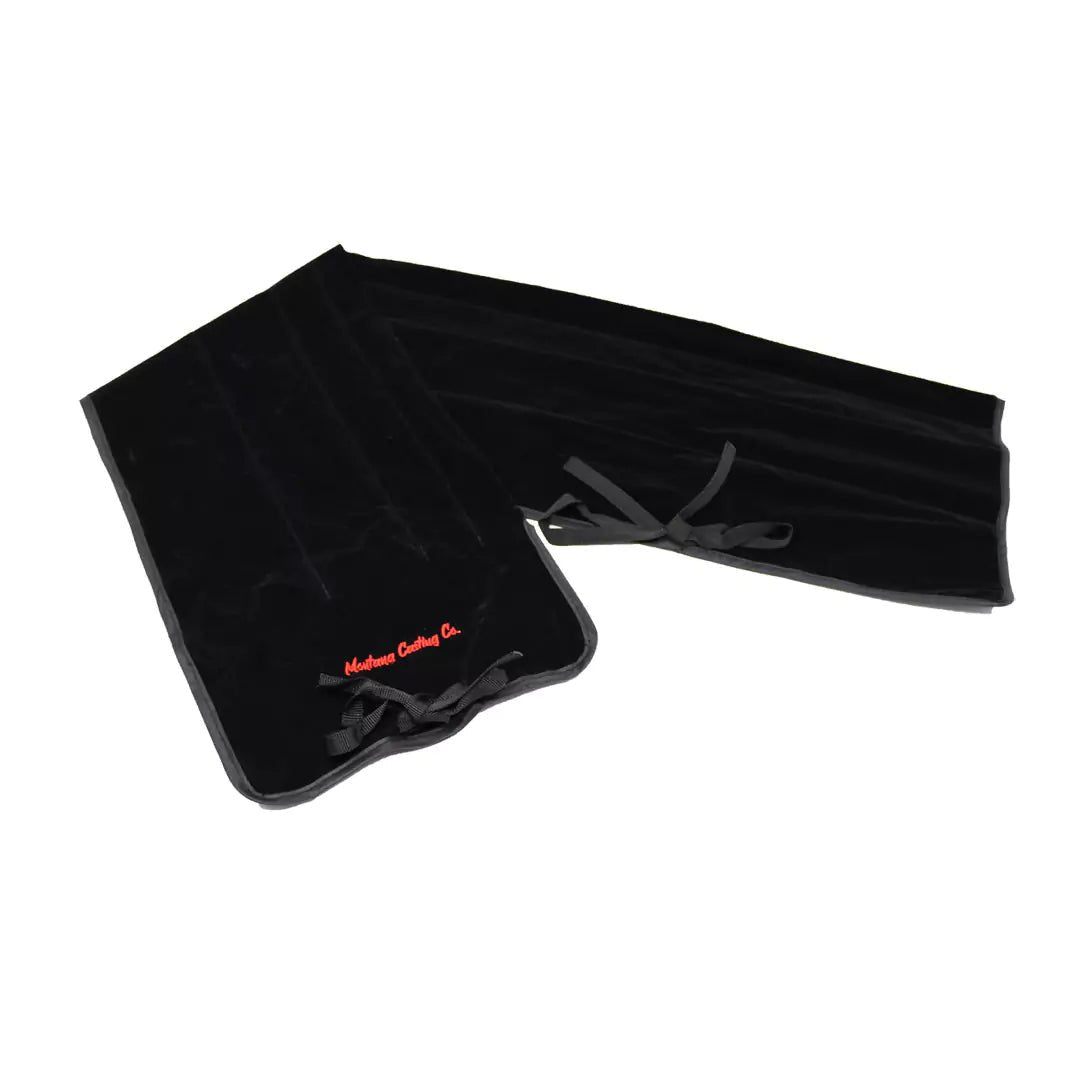
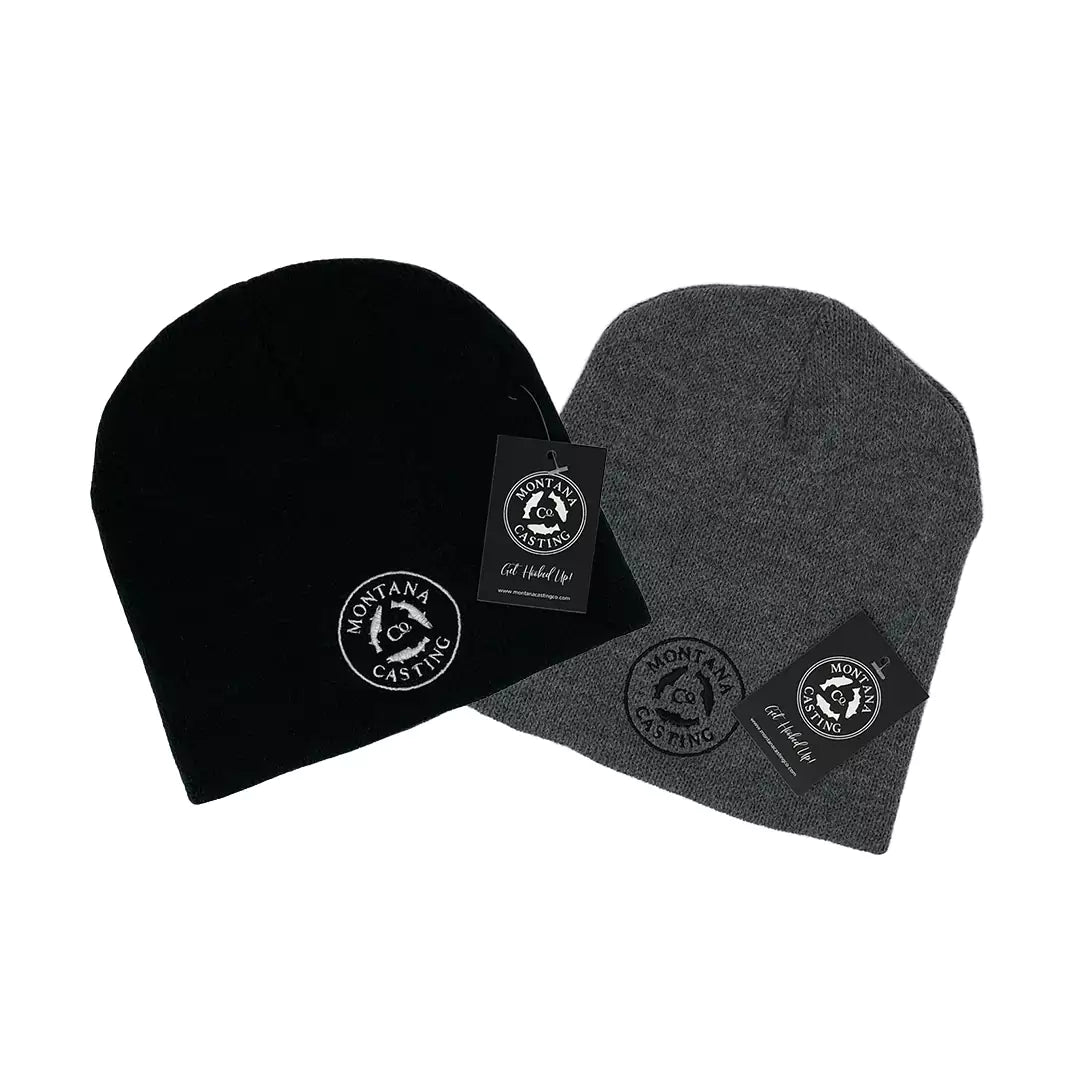
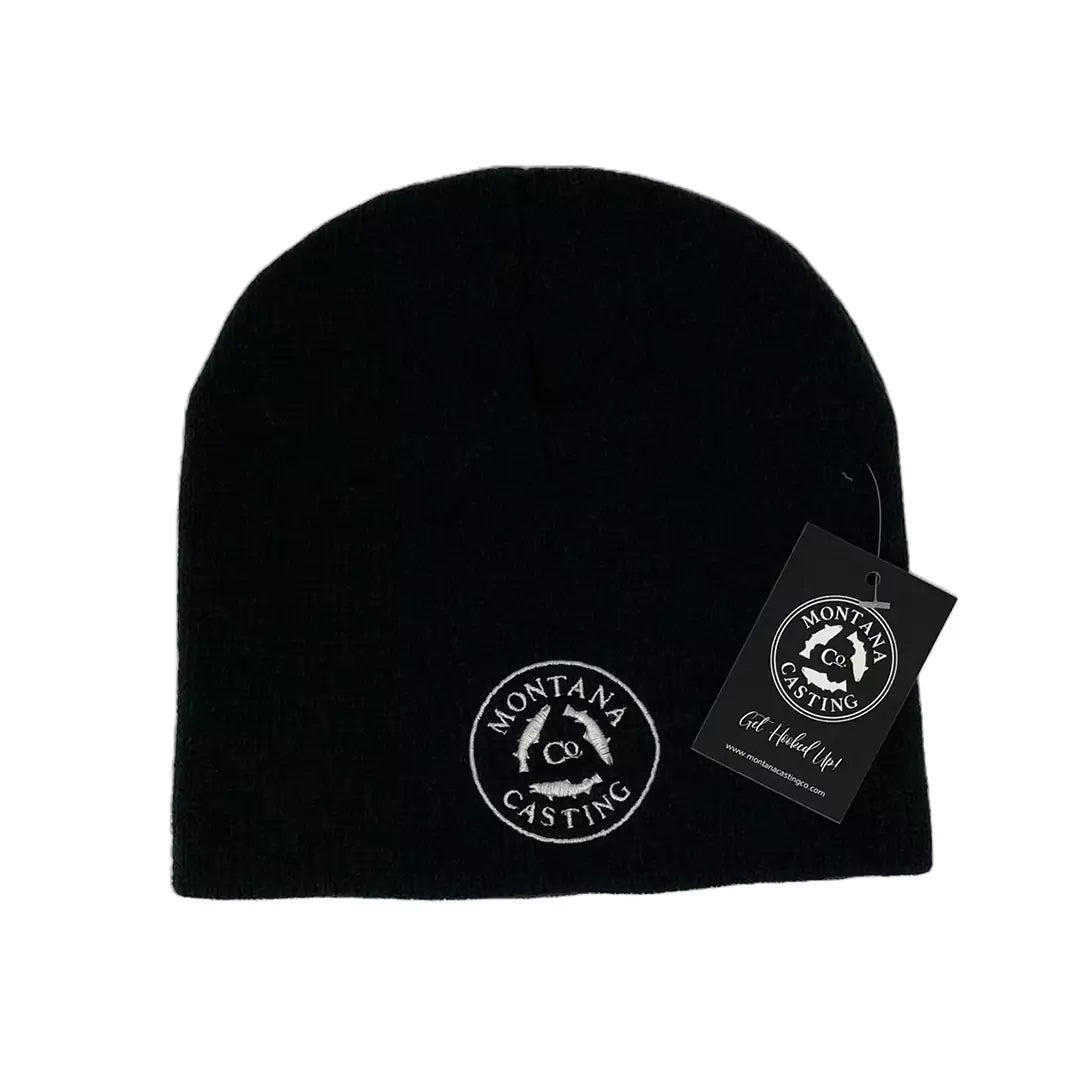
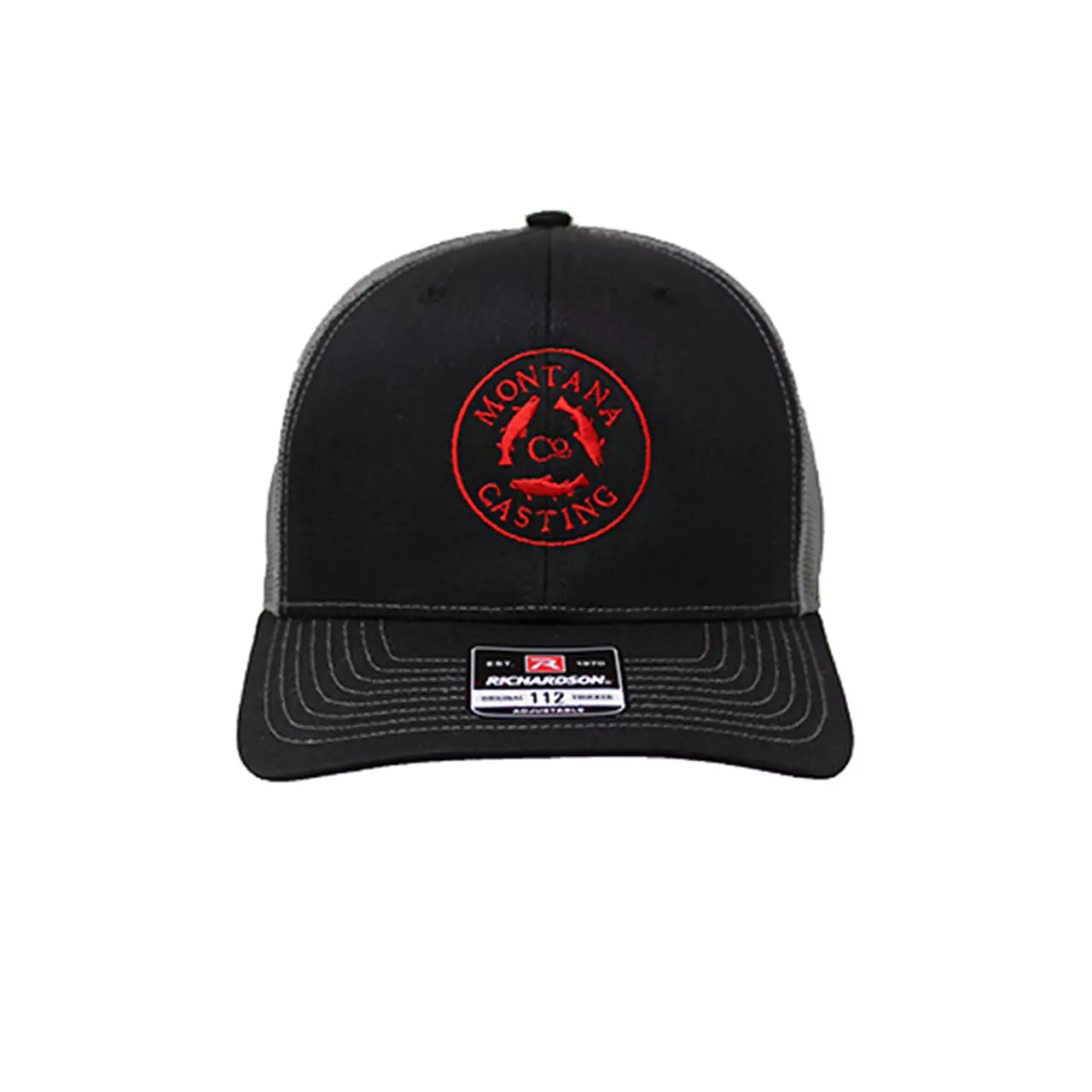
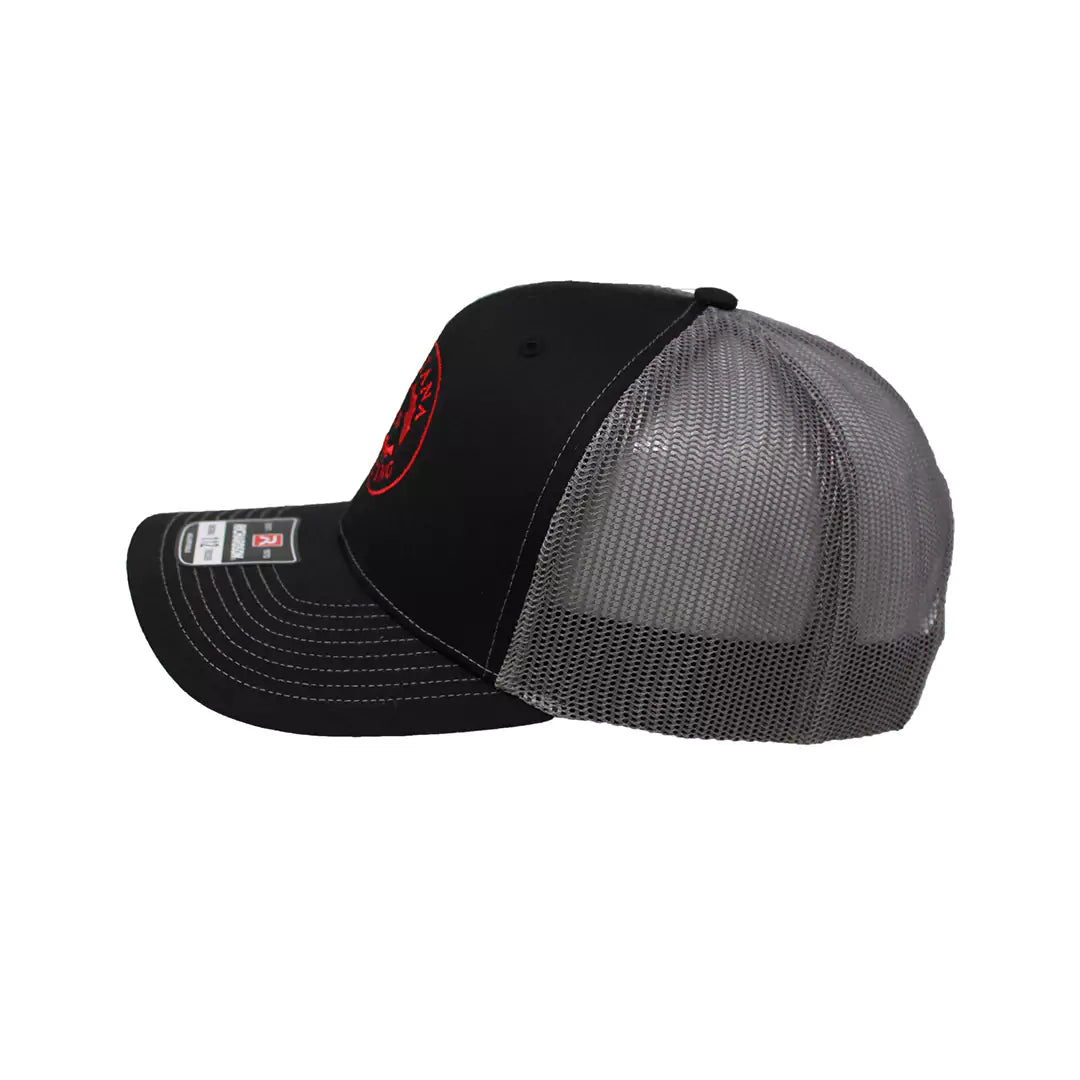
0 comments